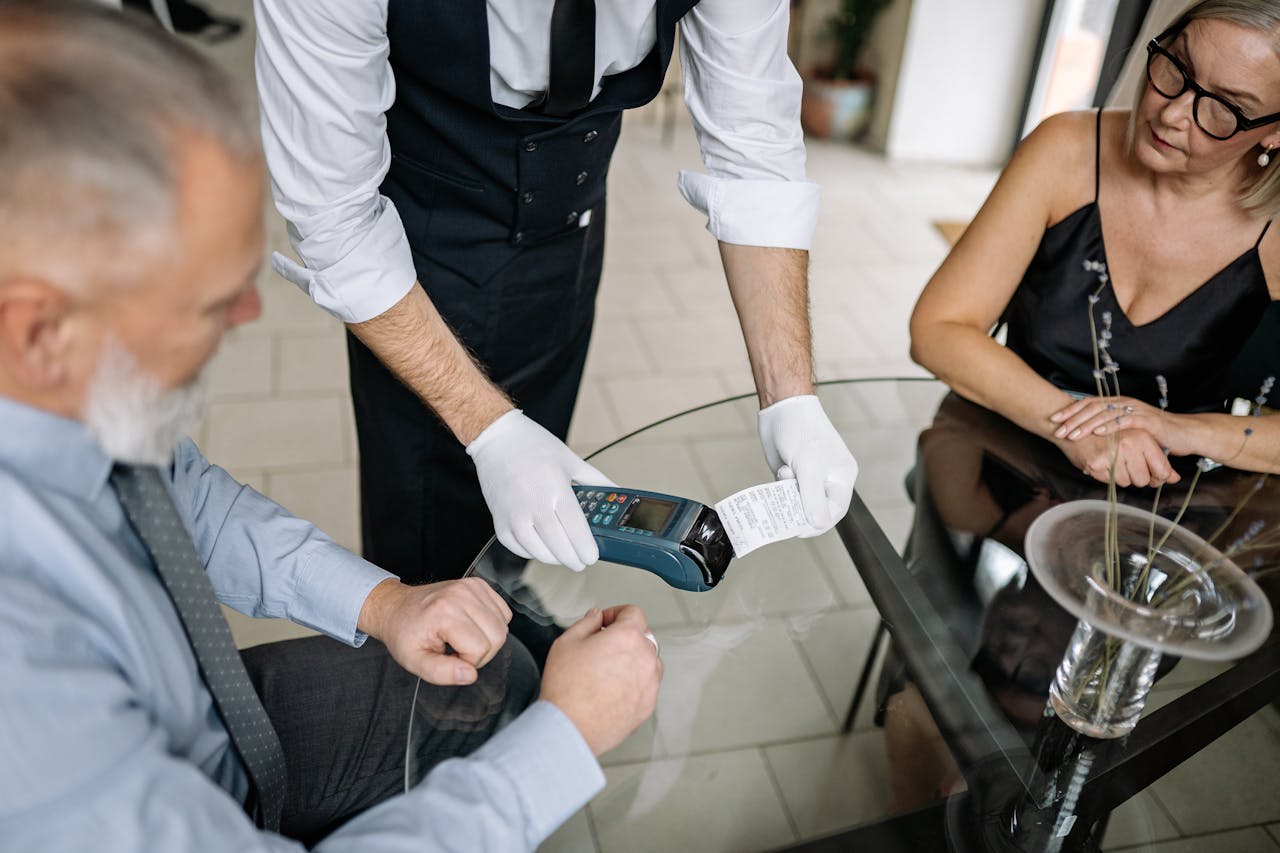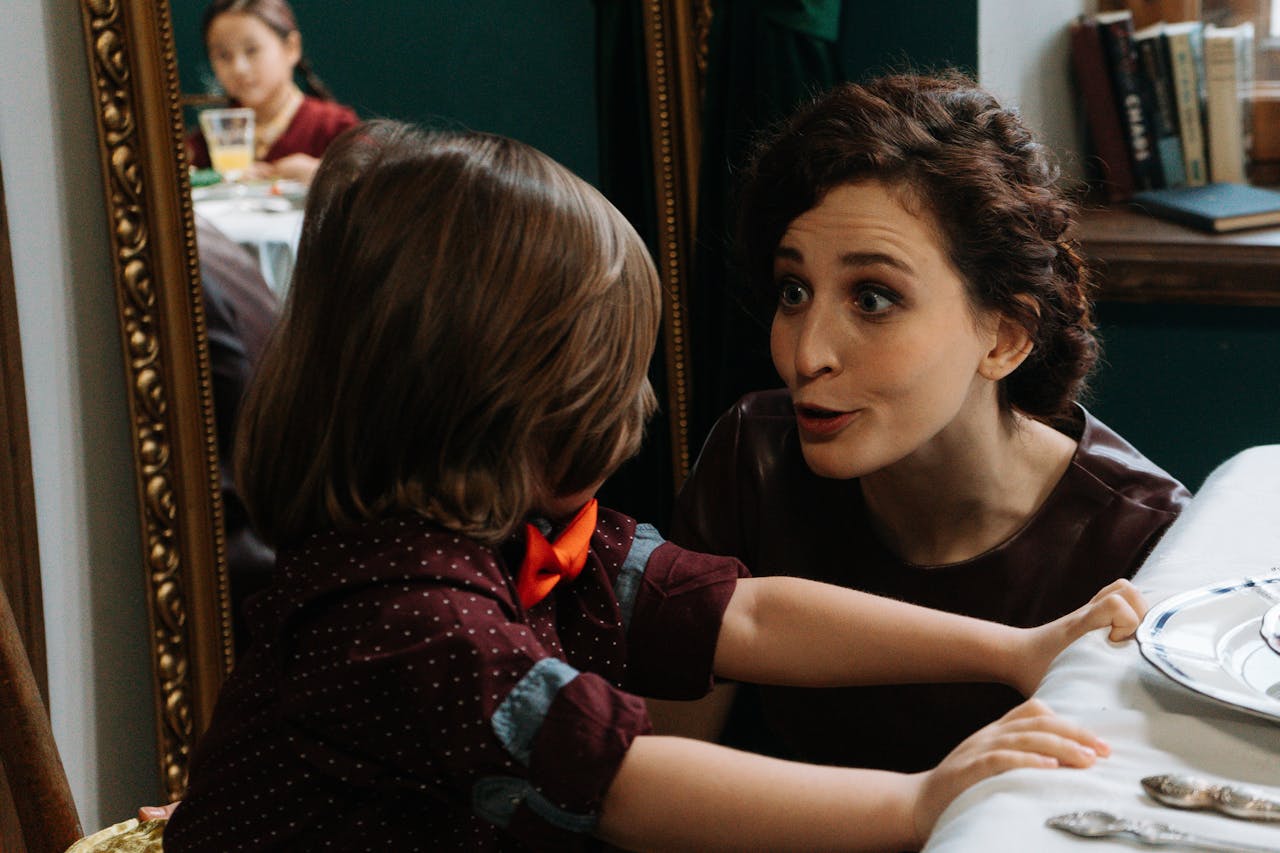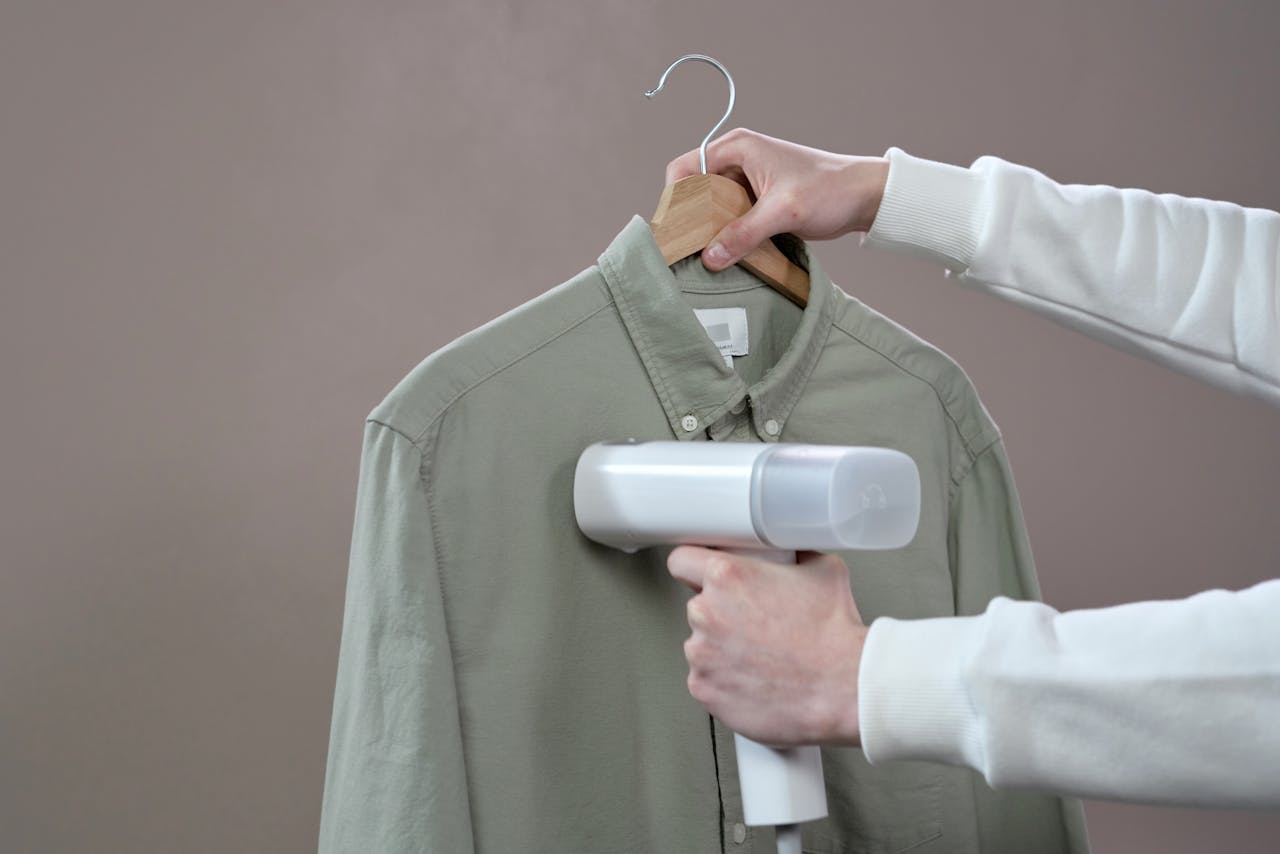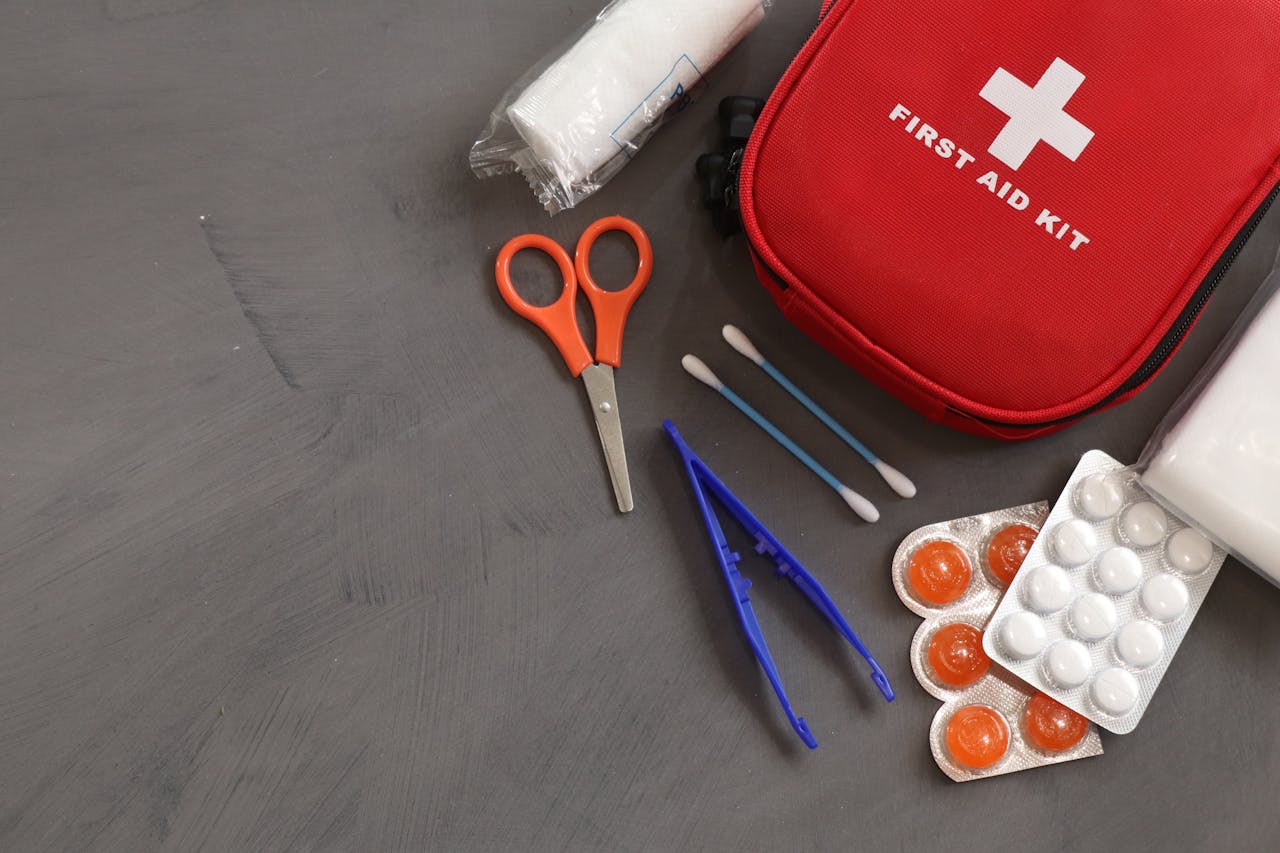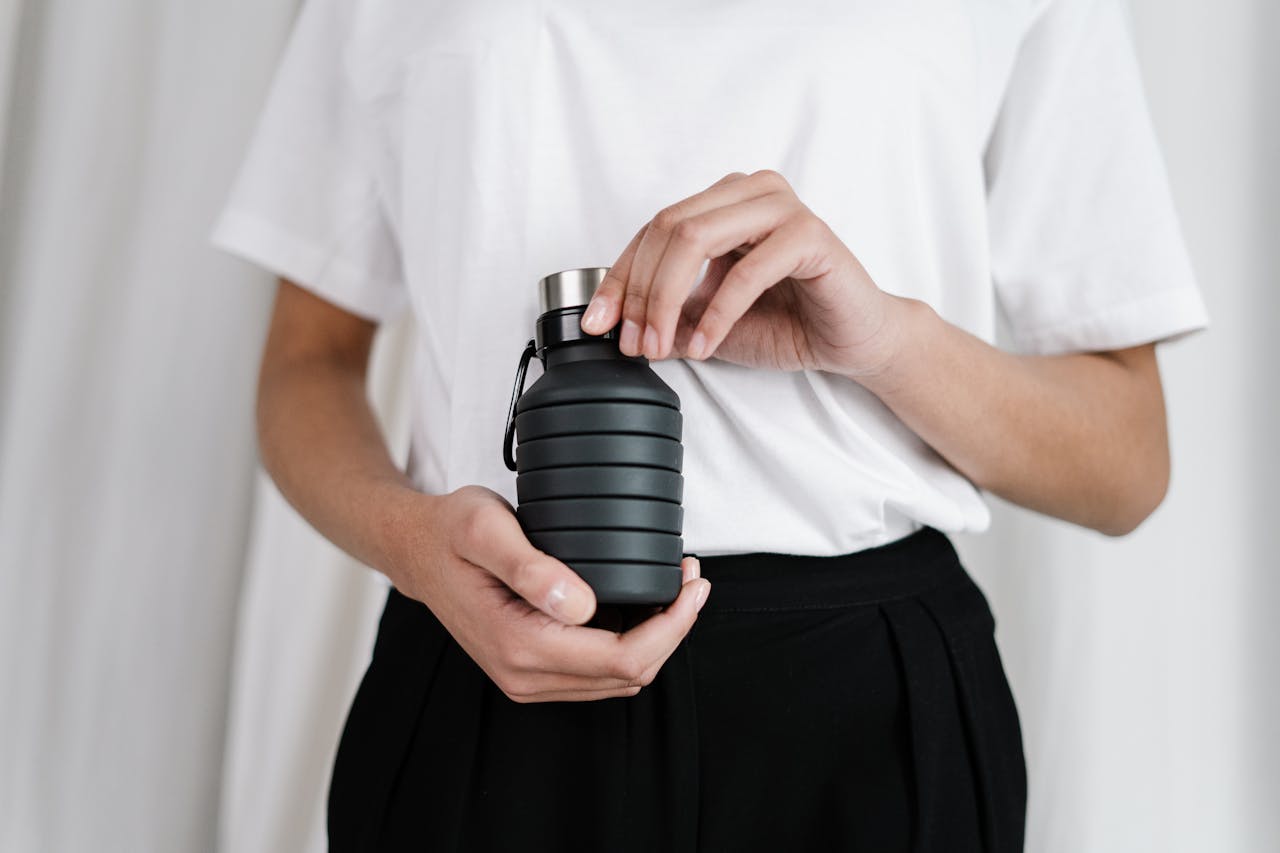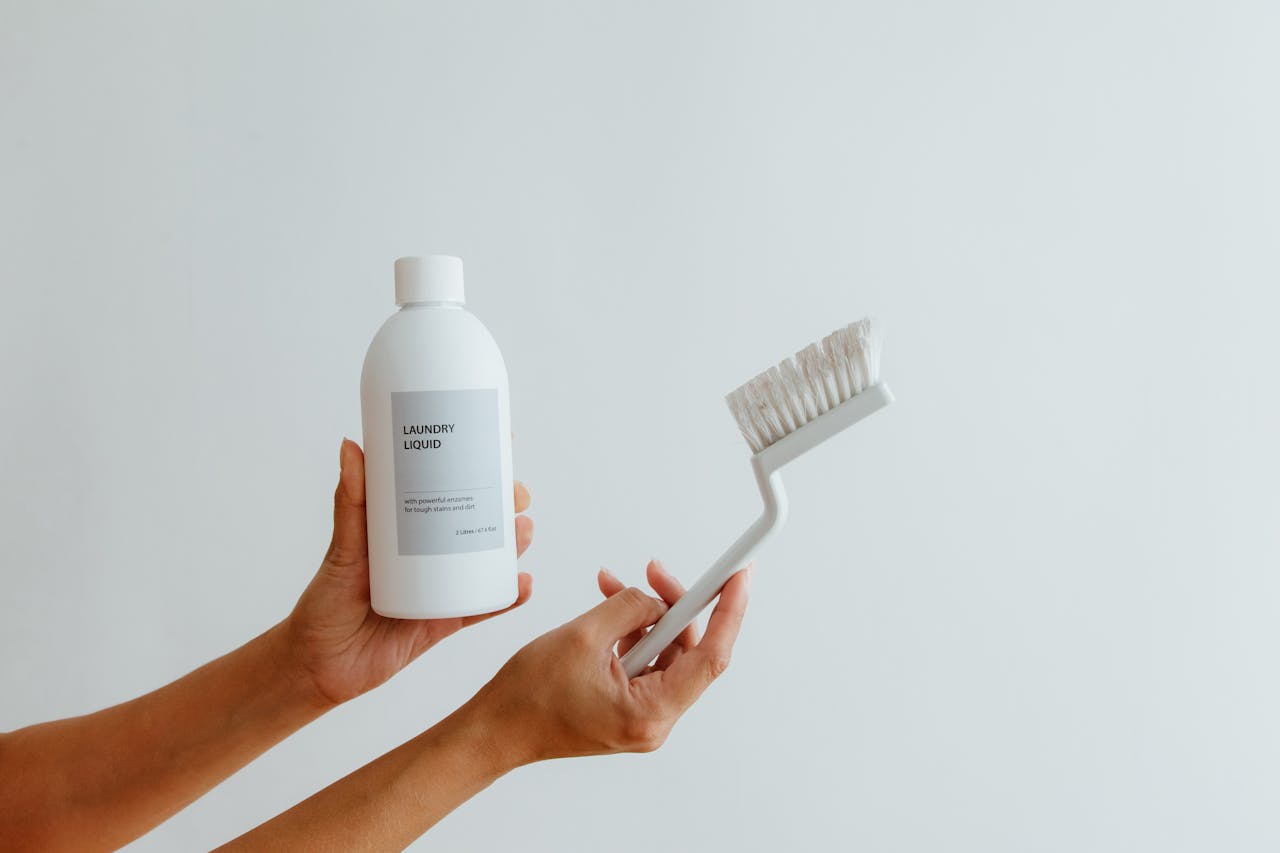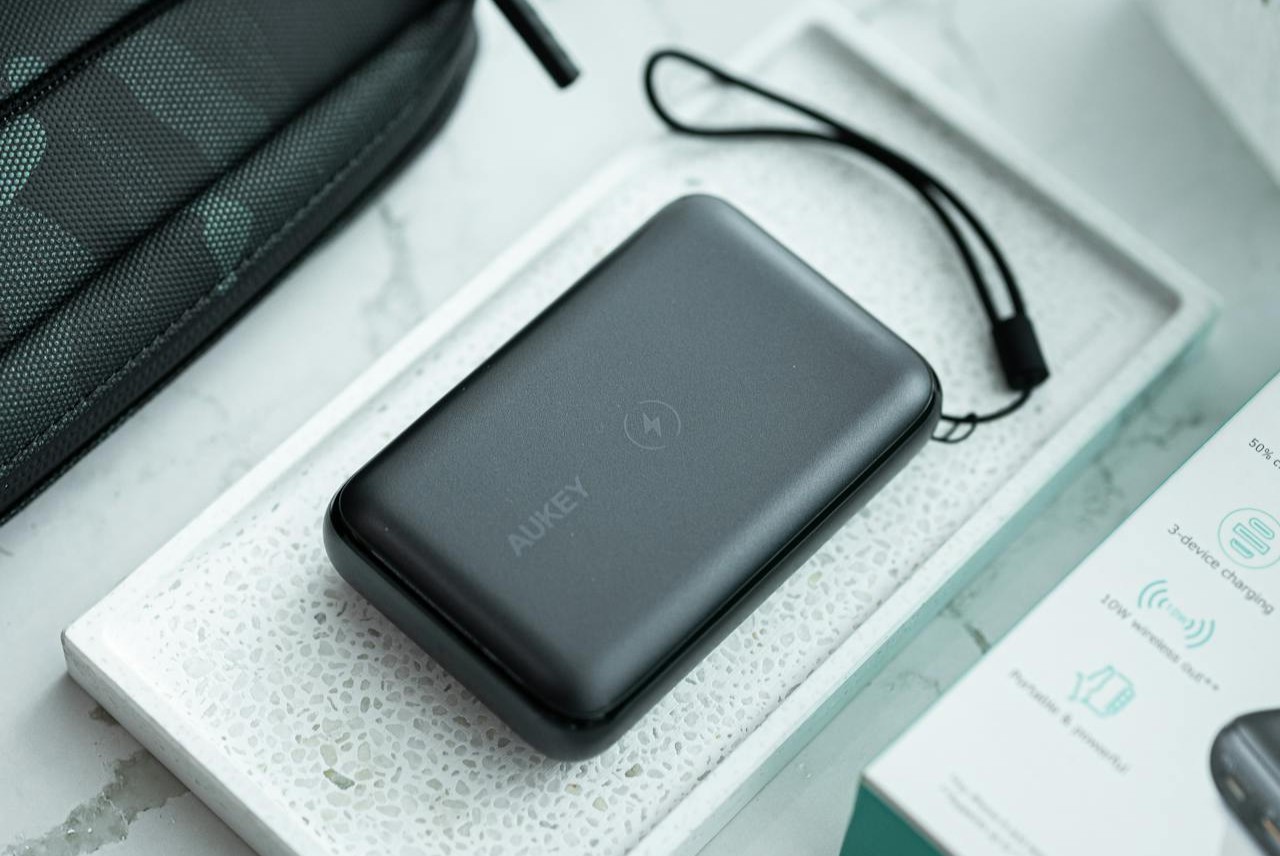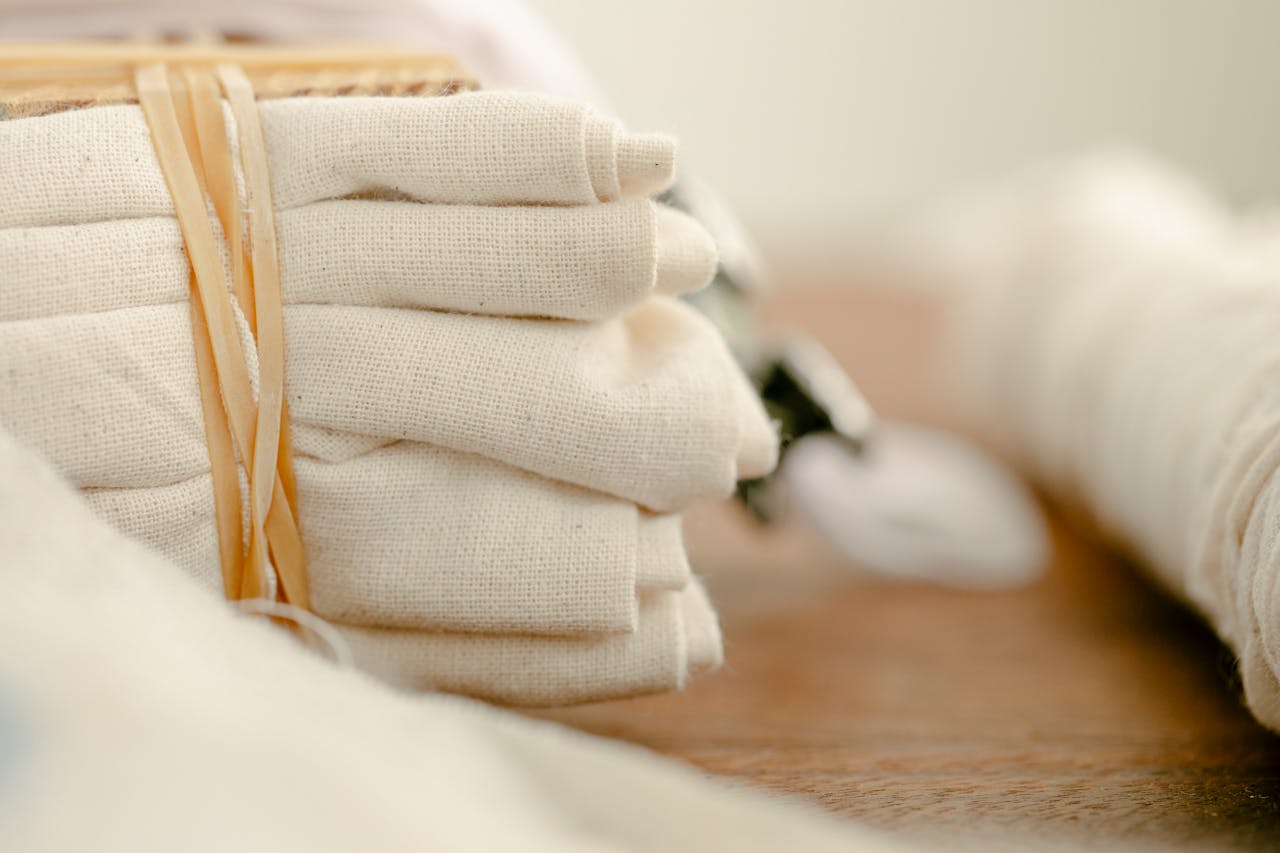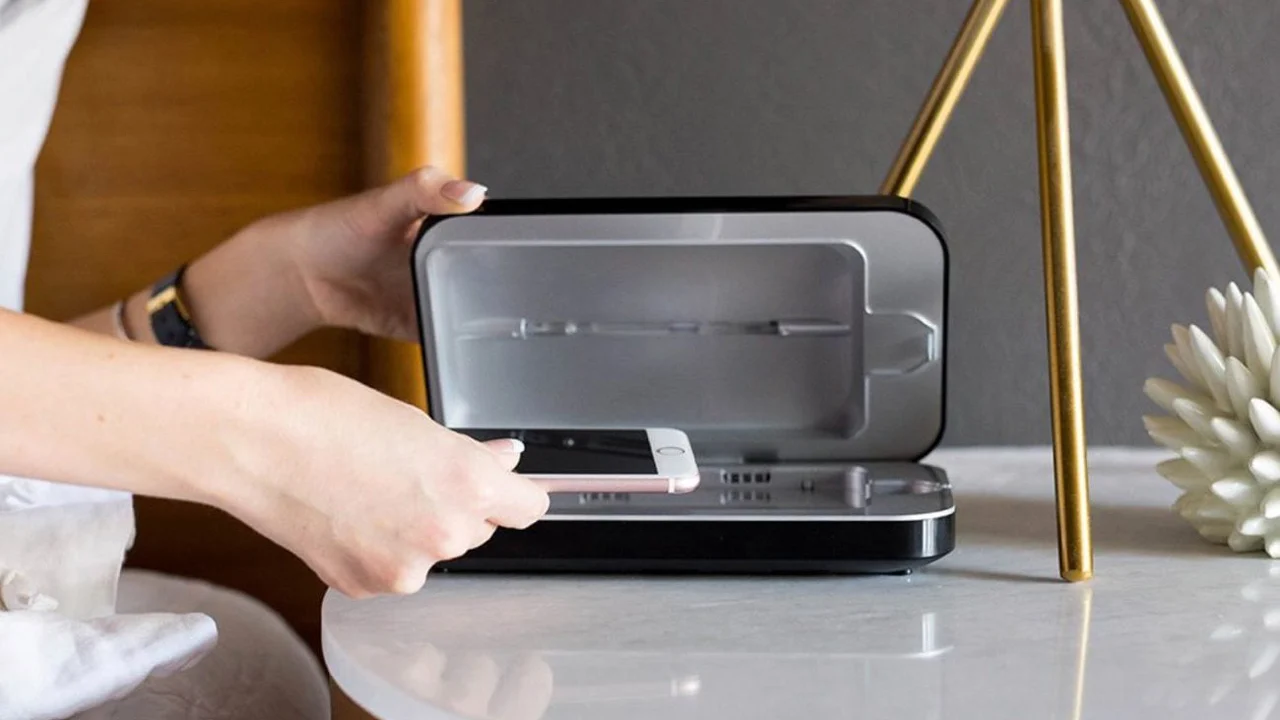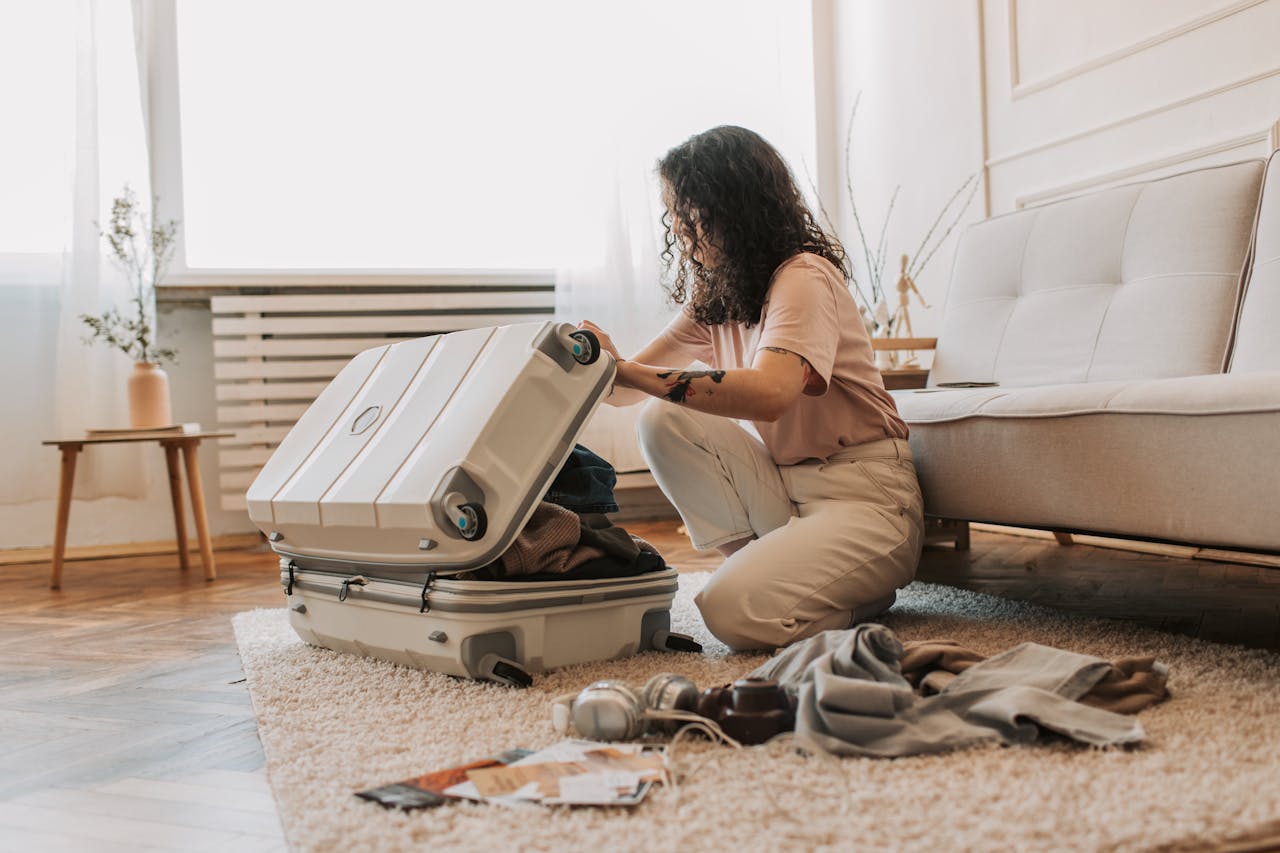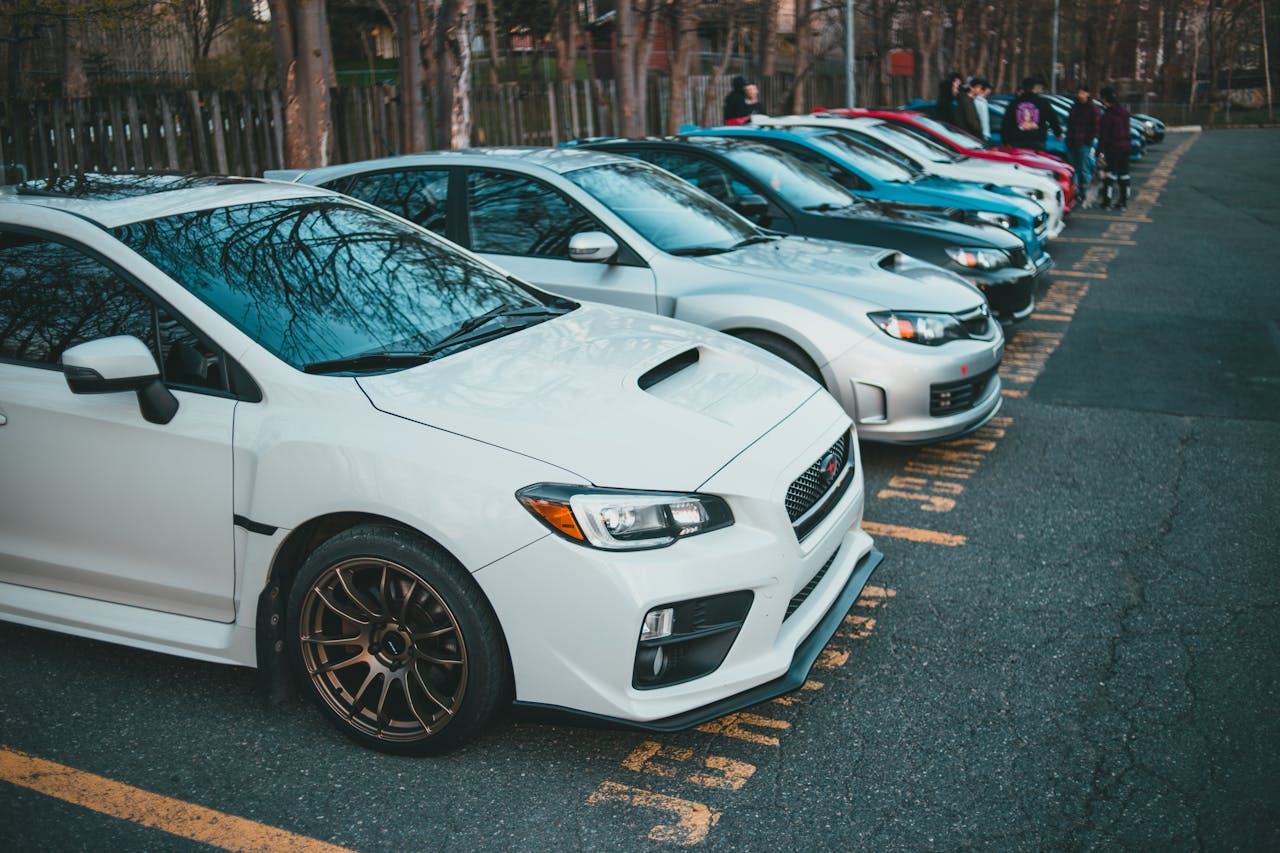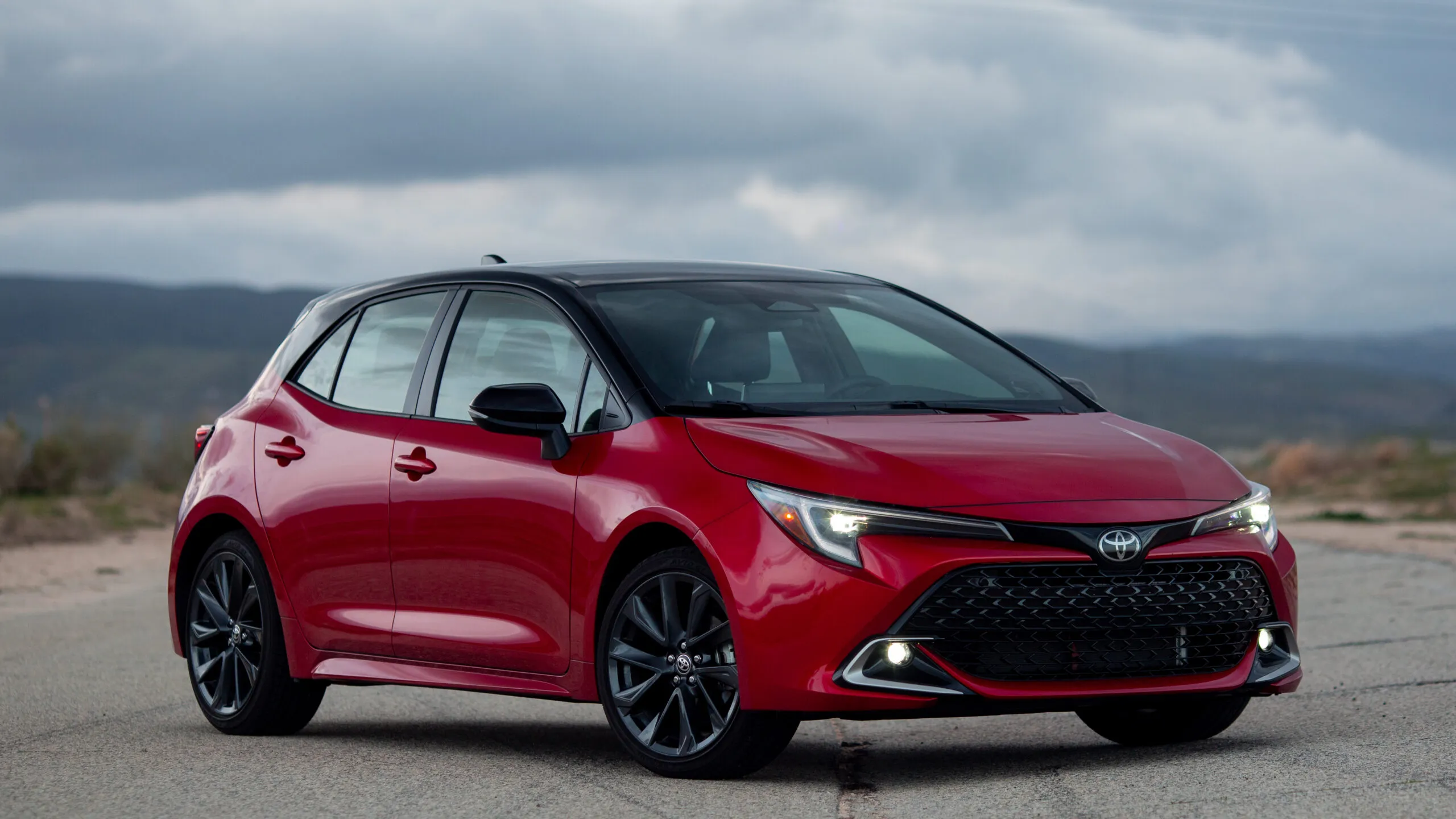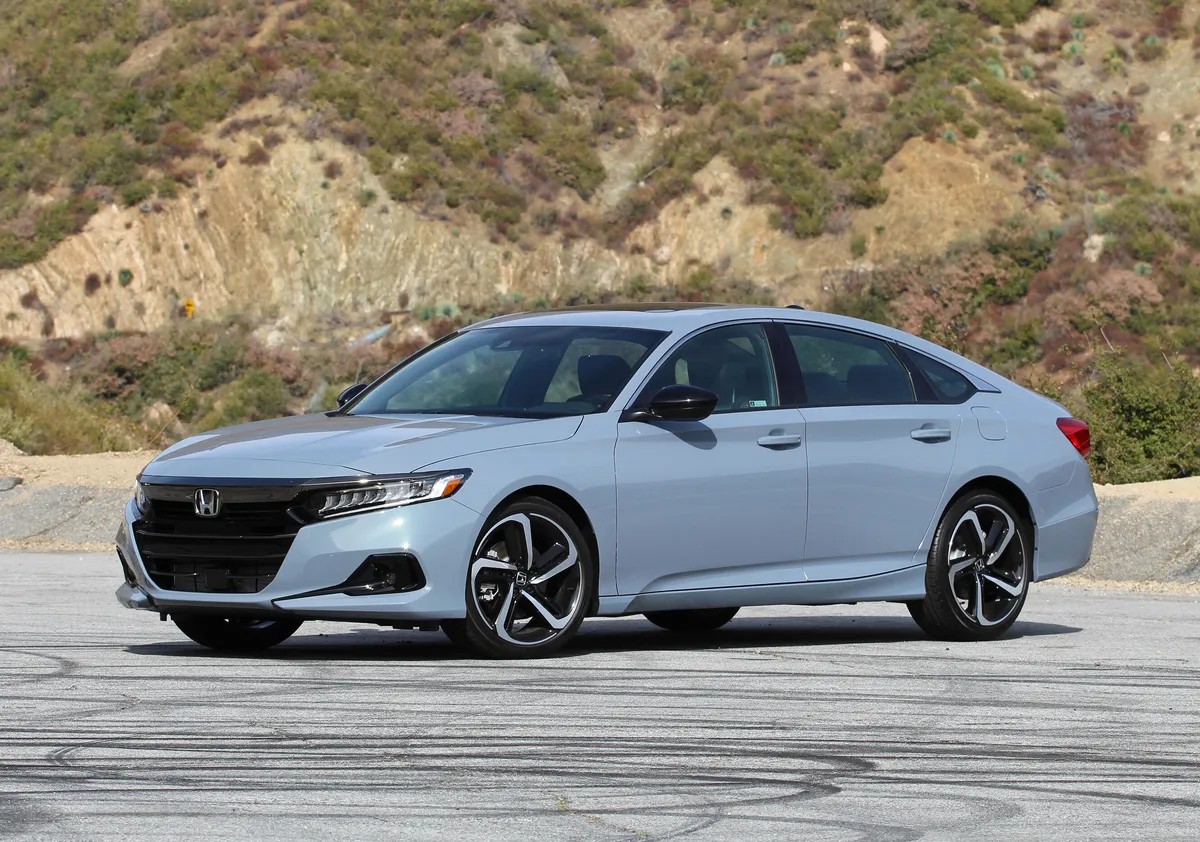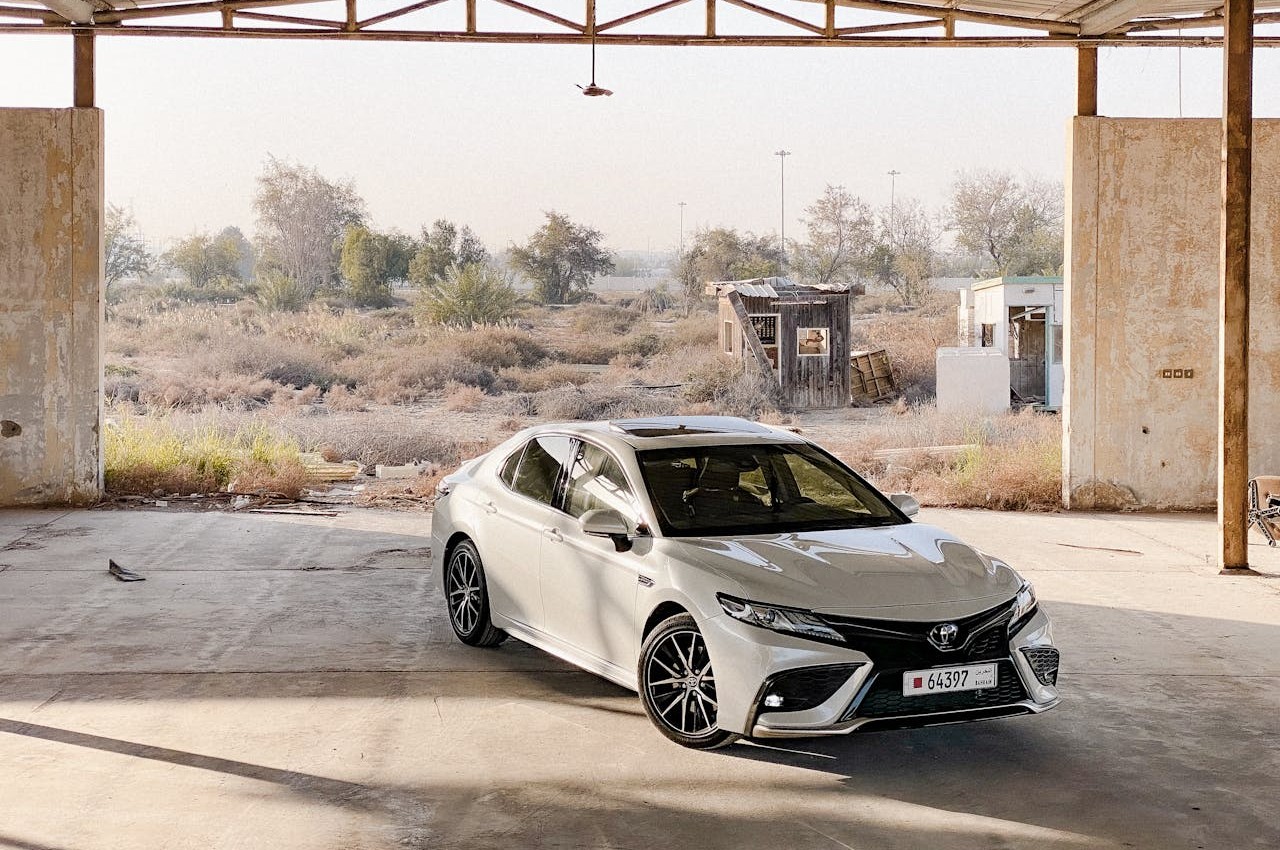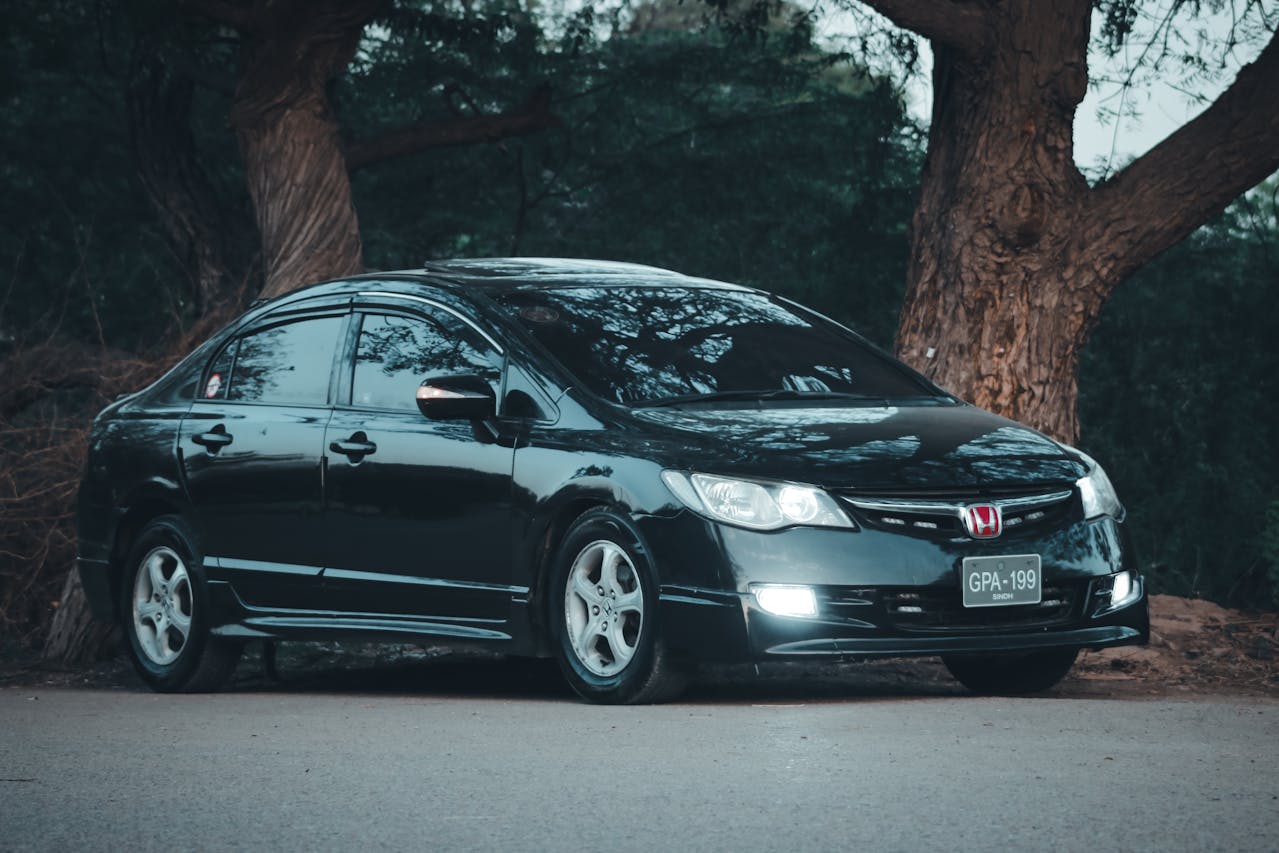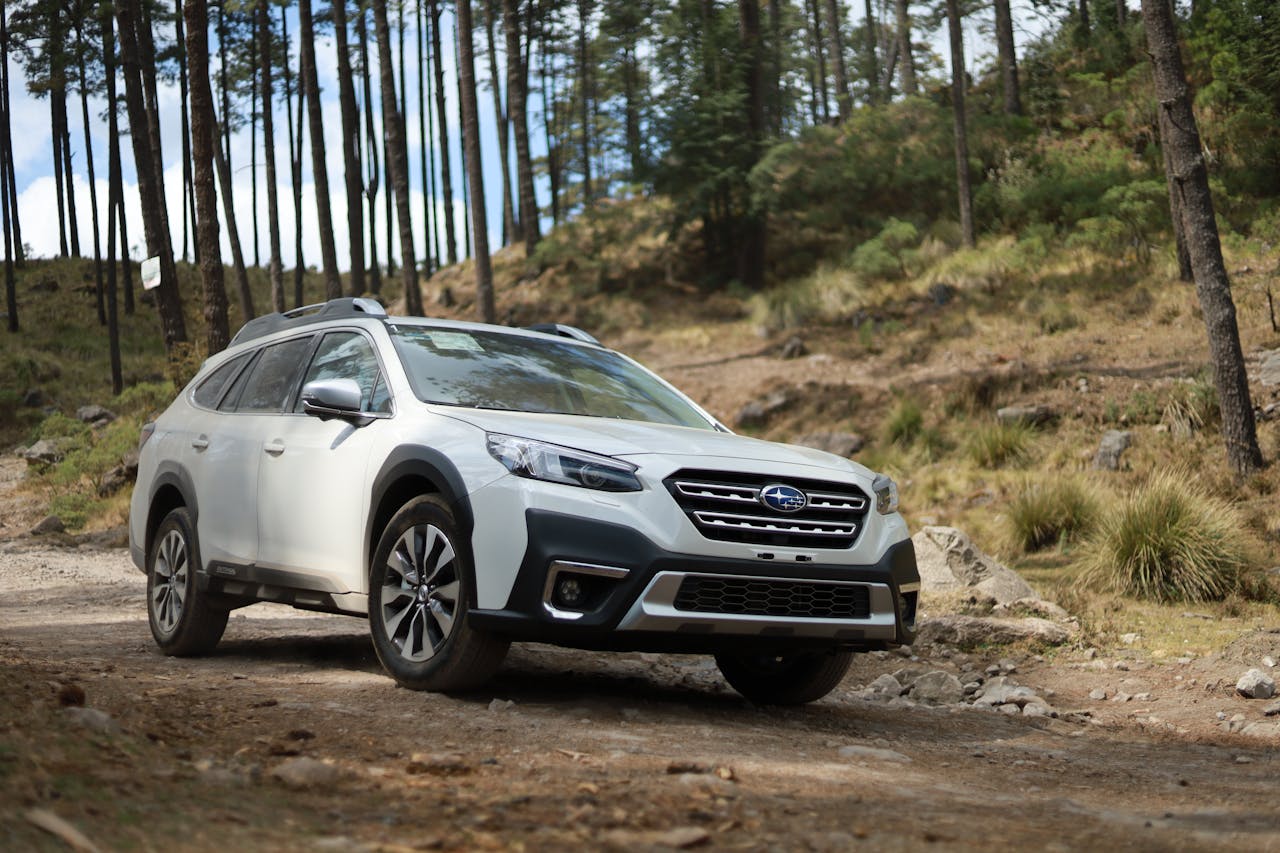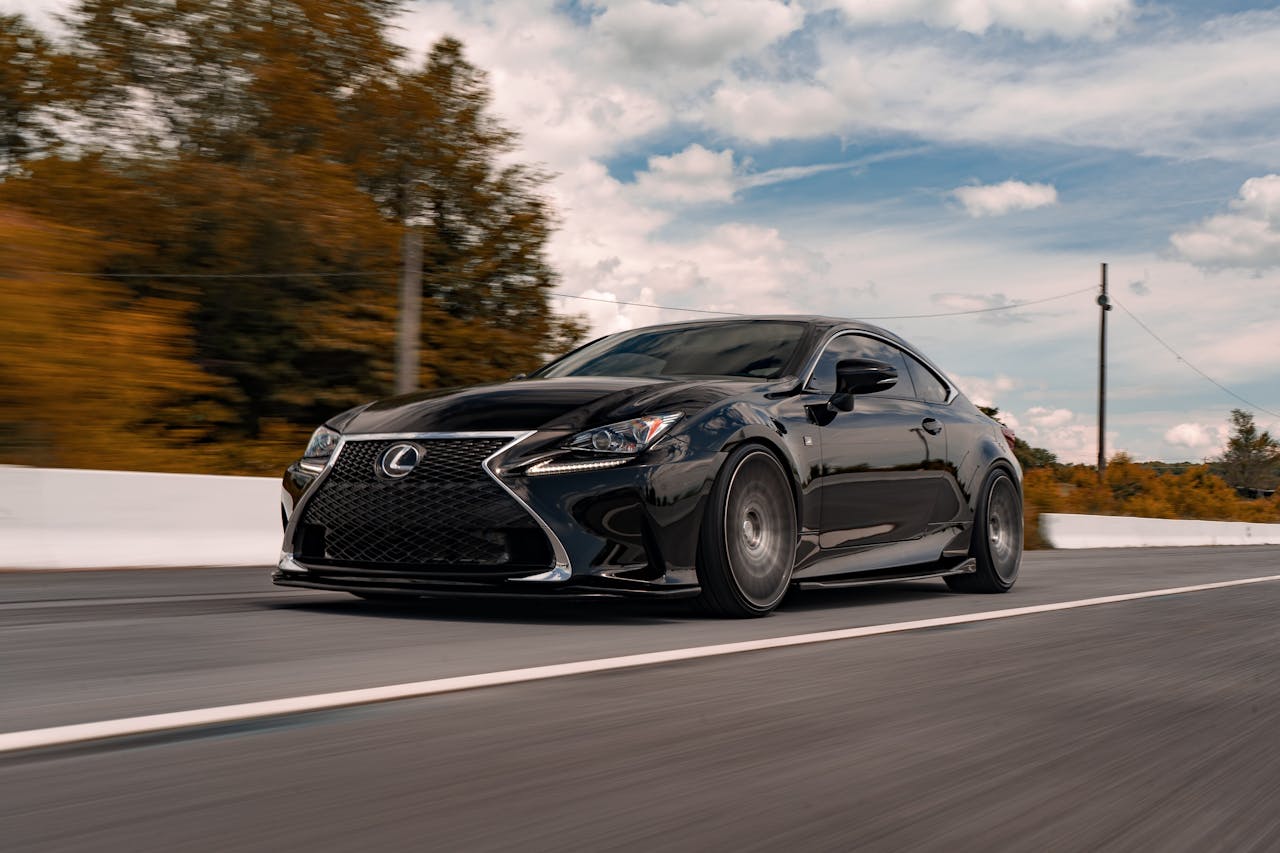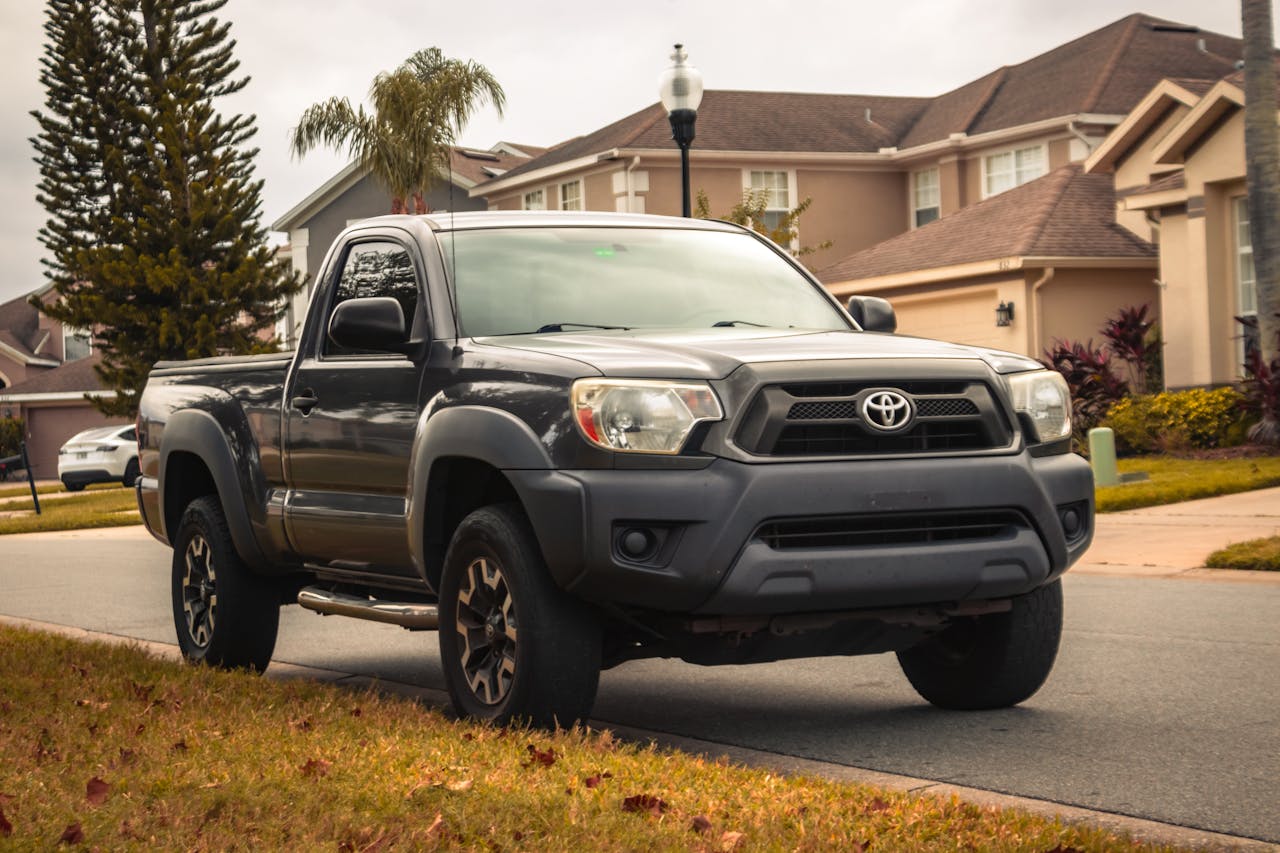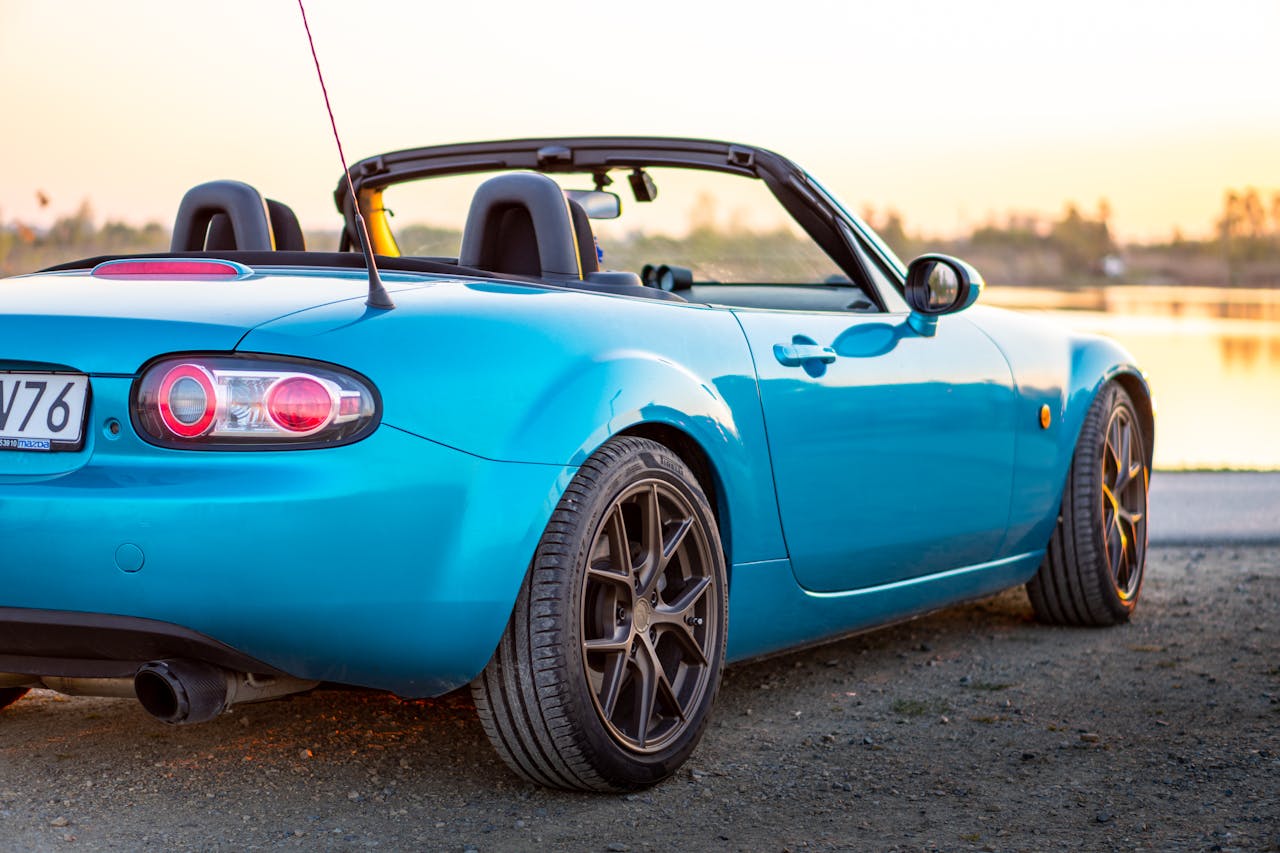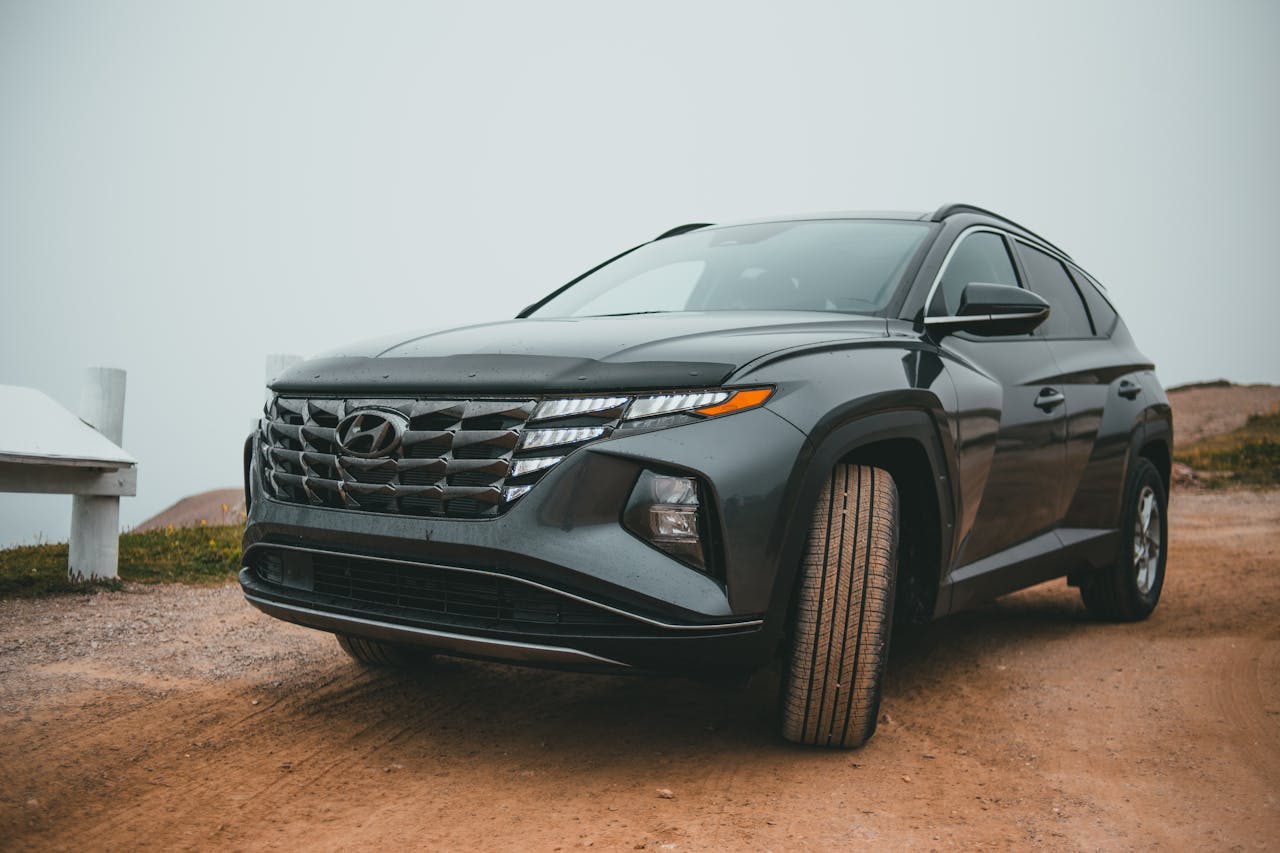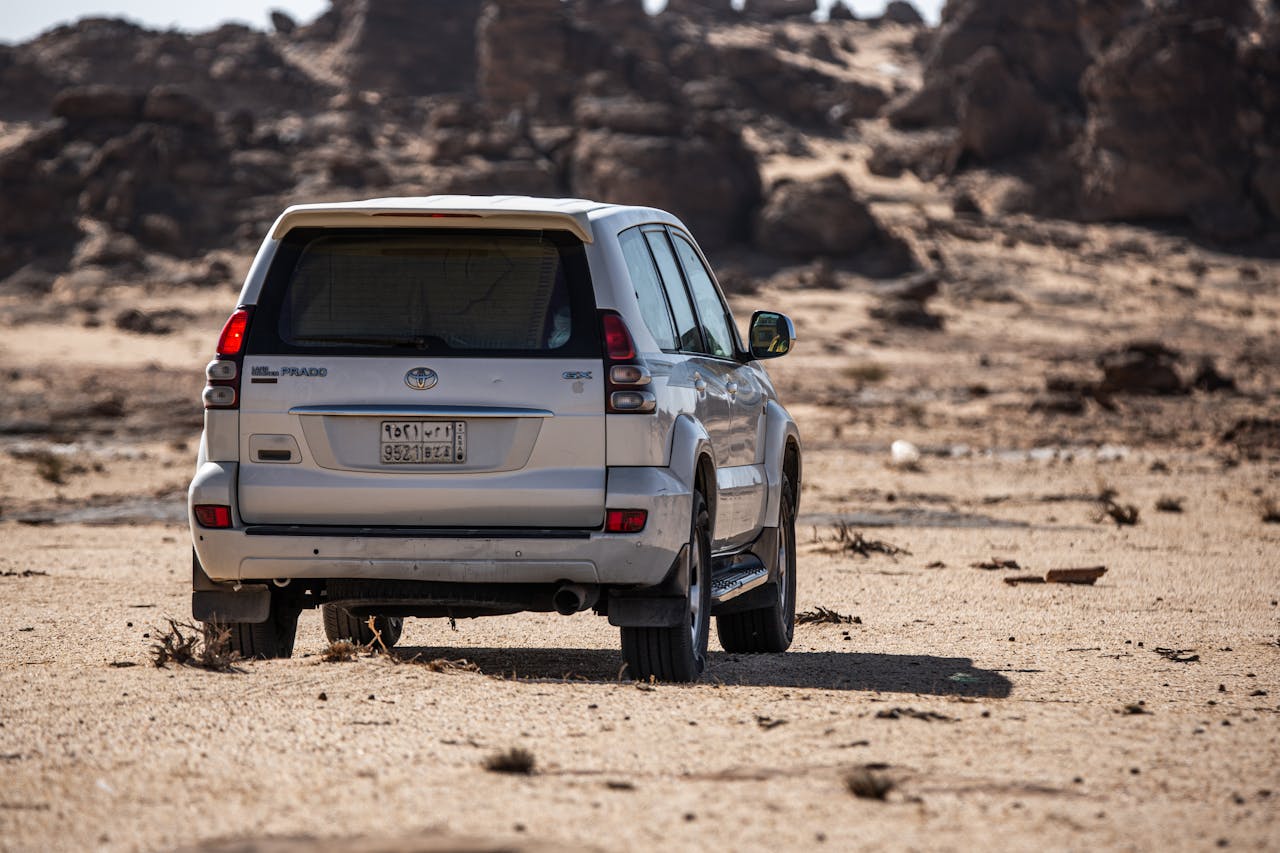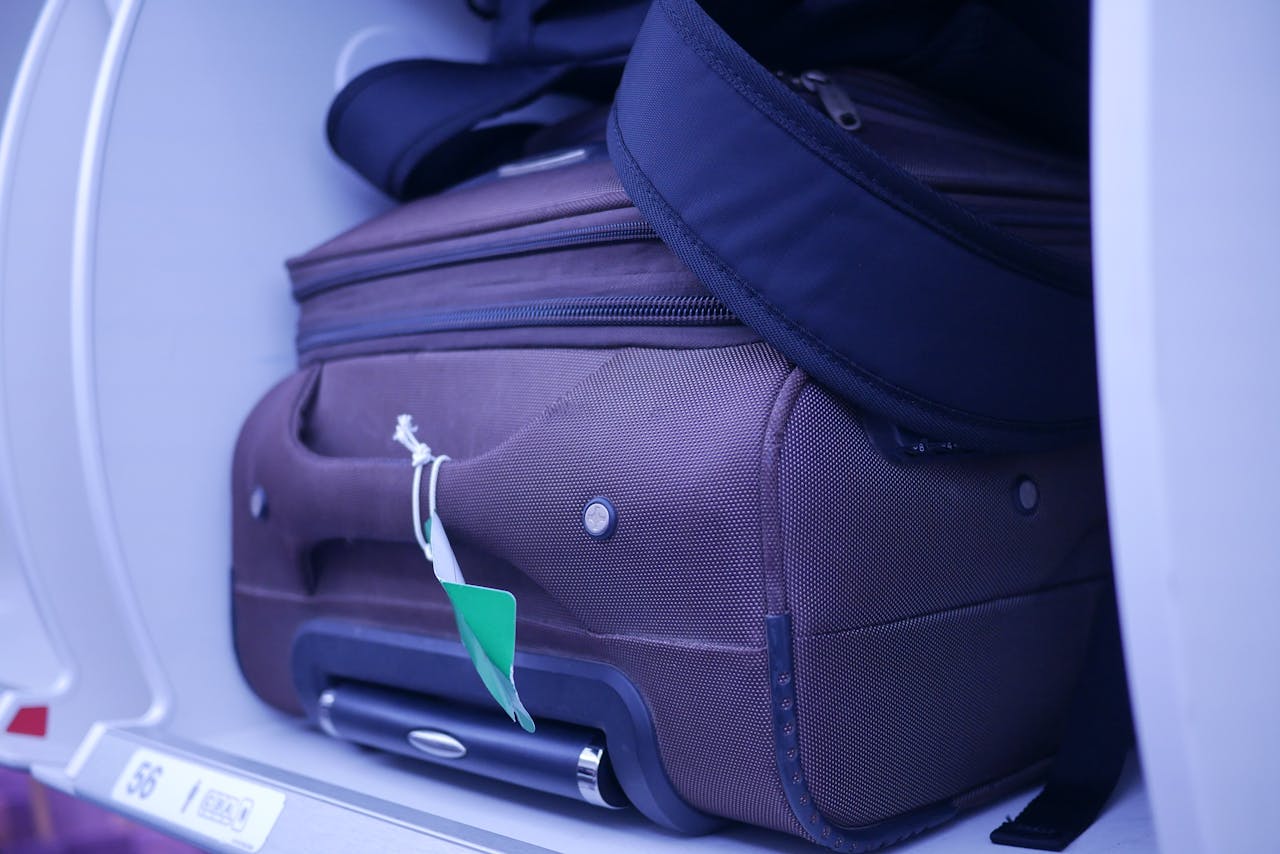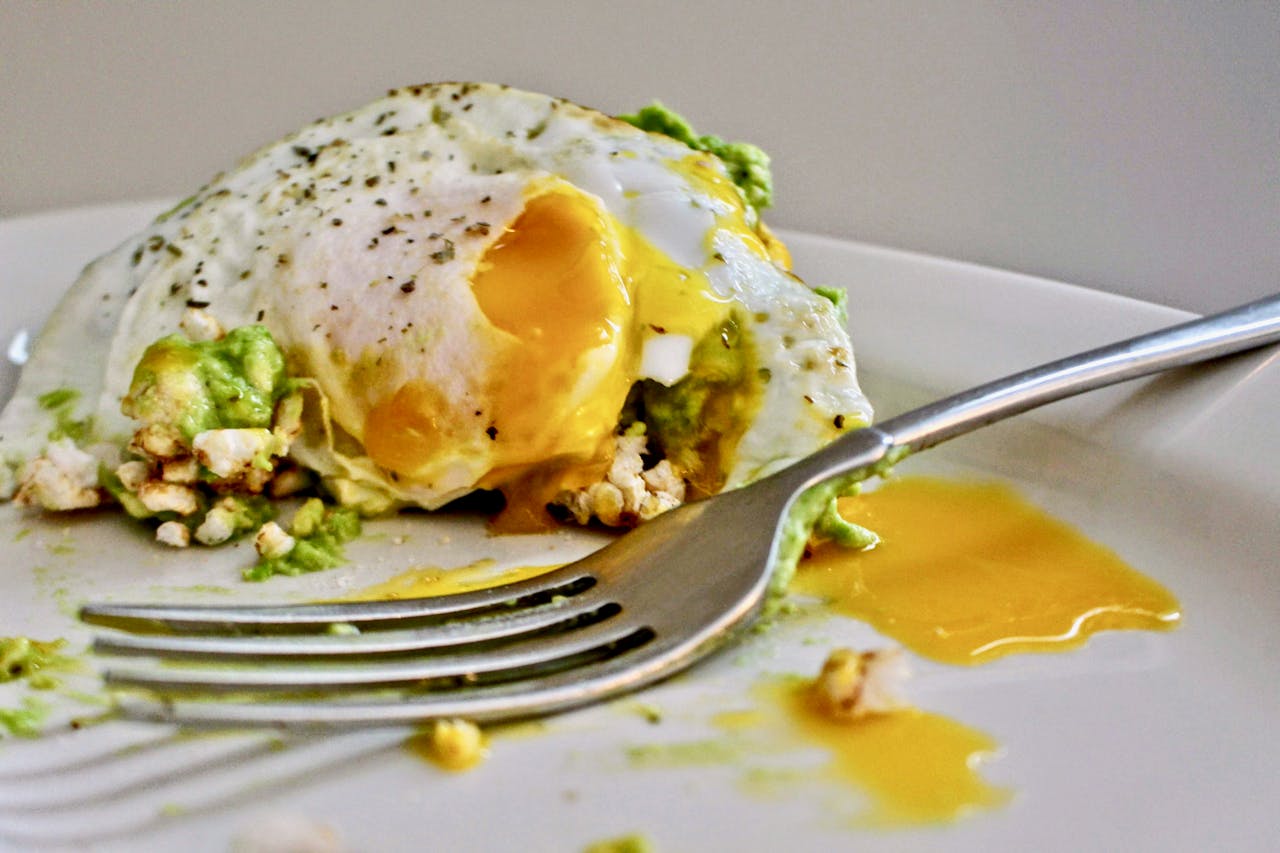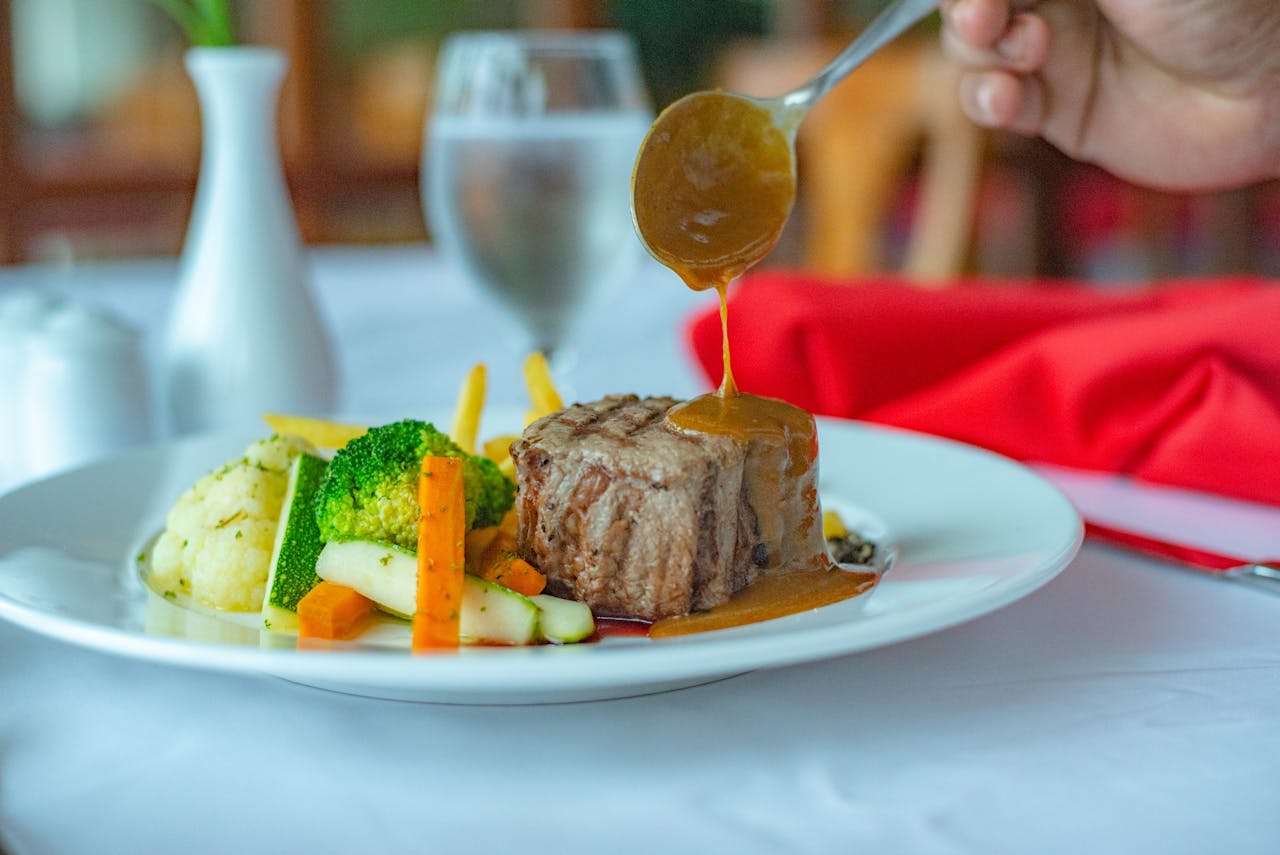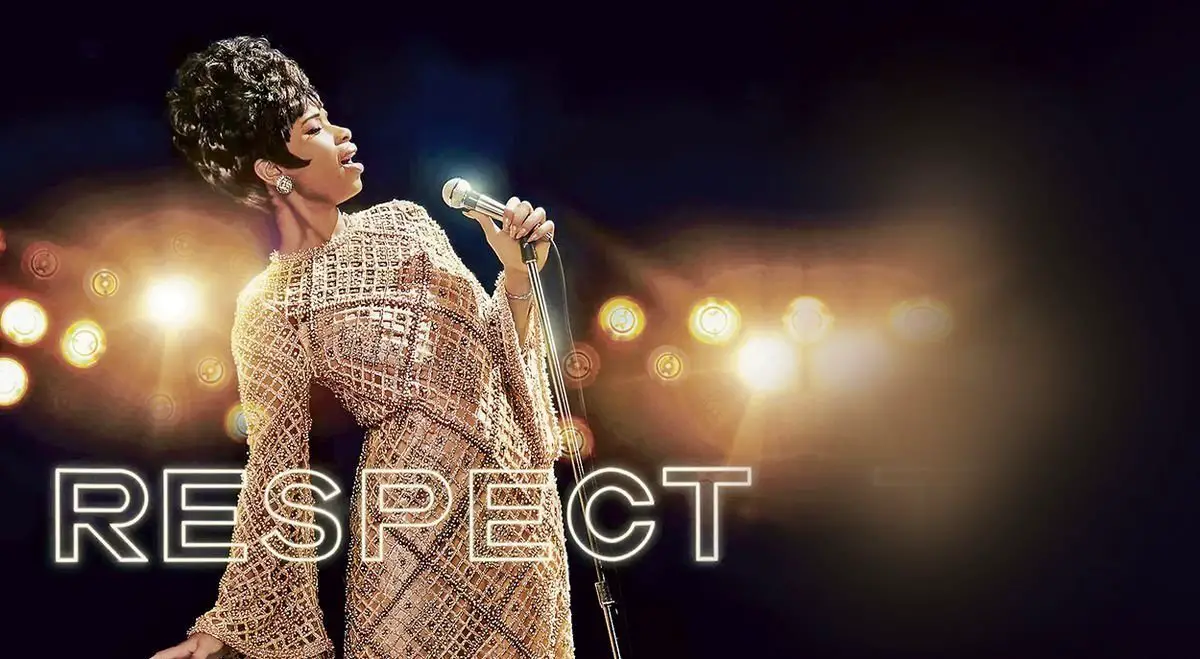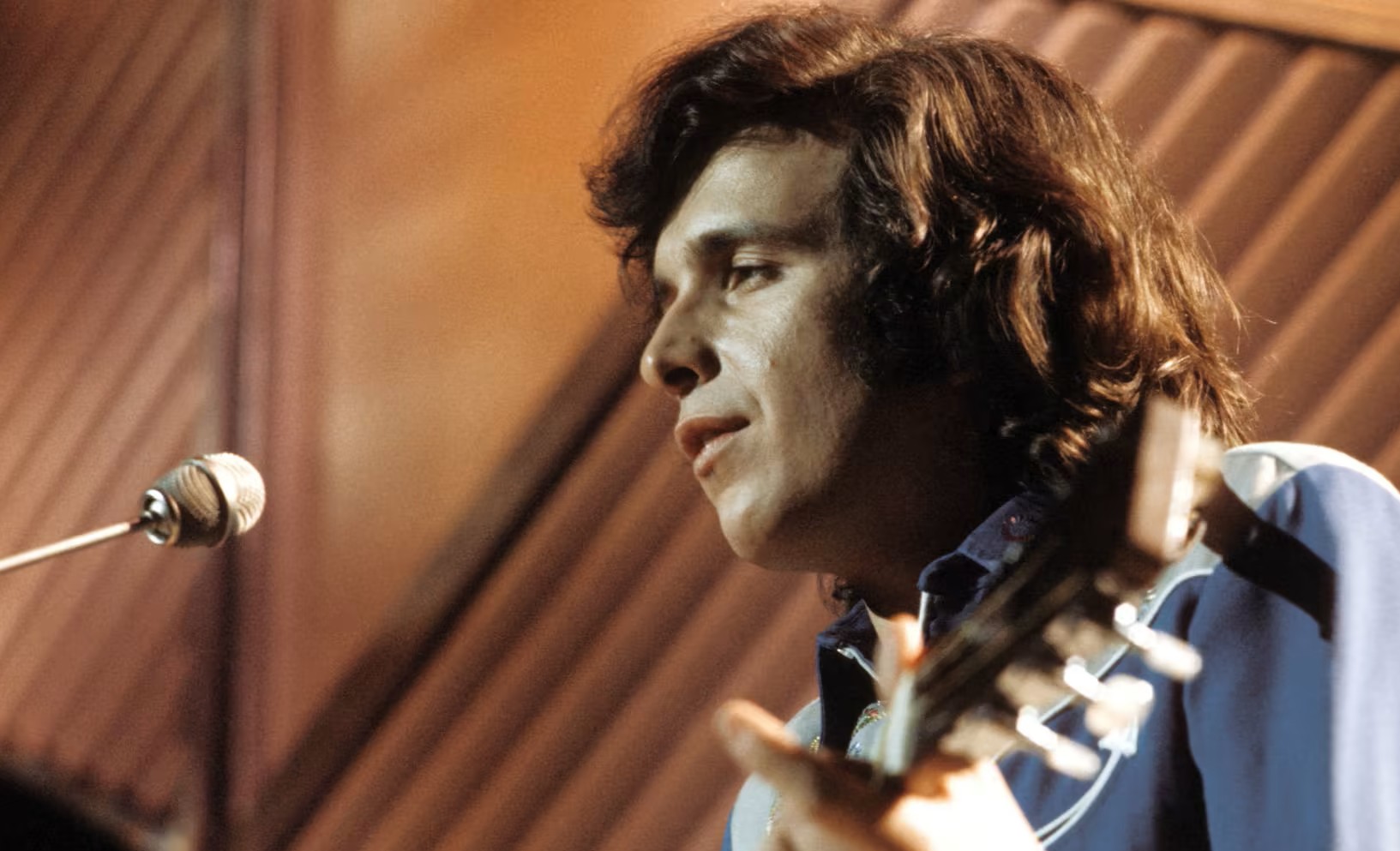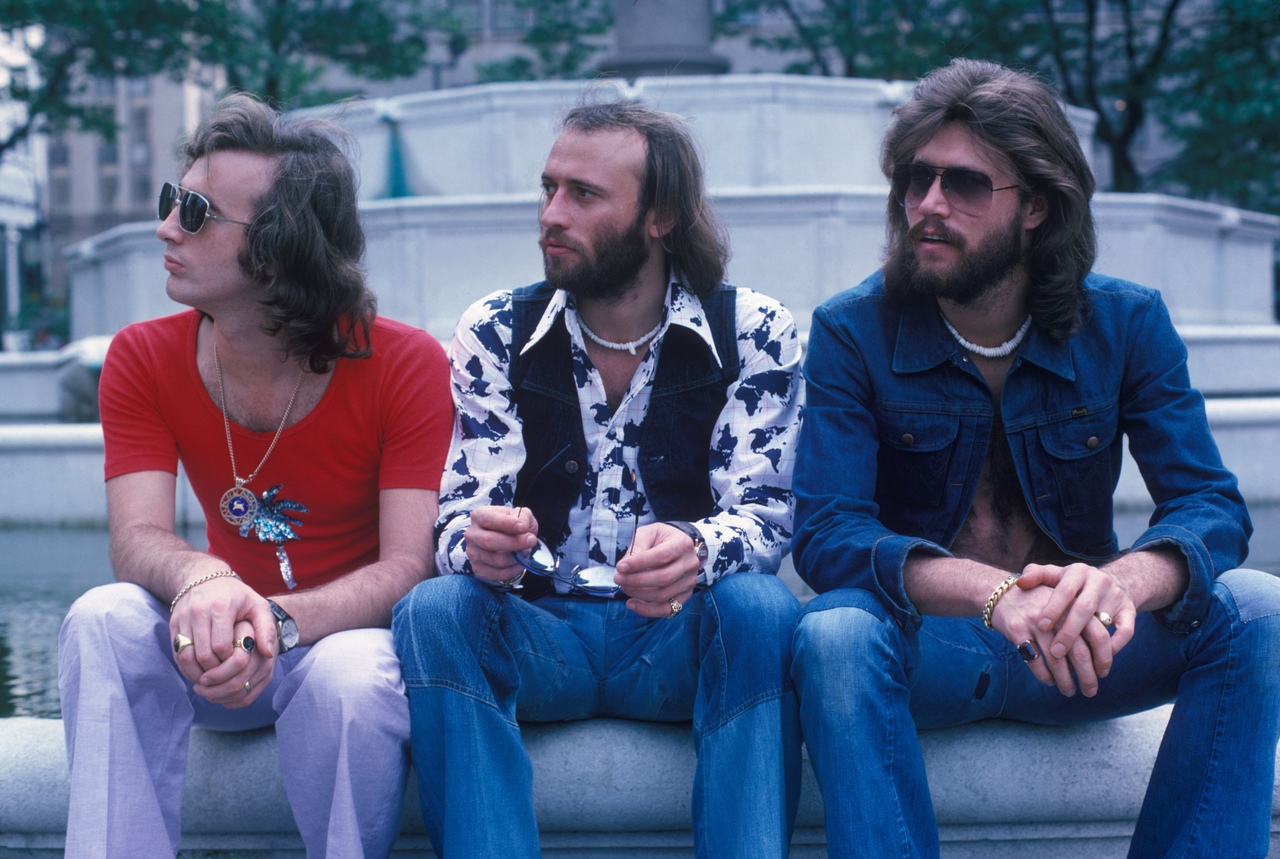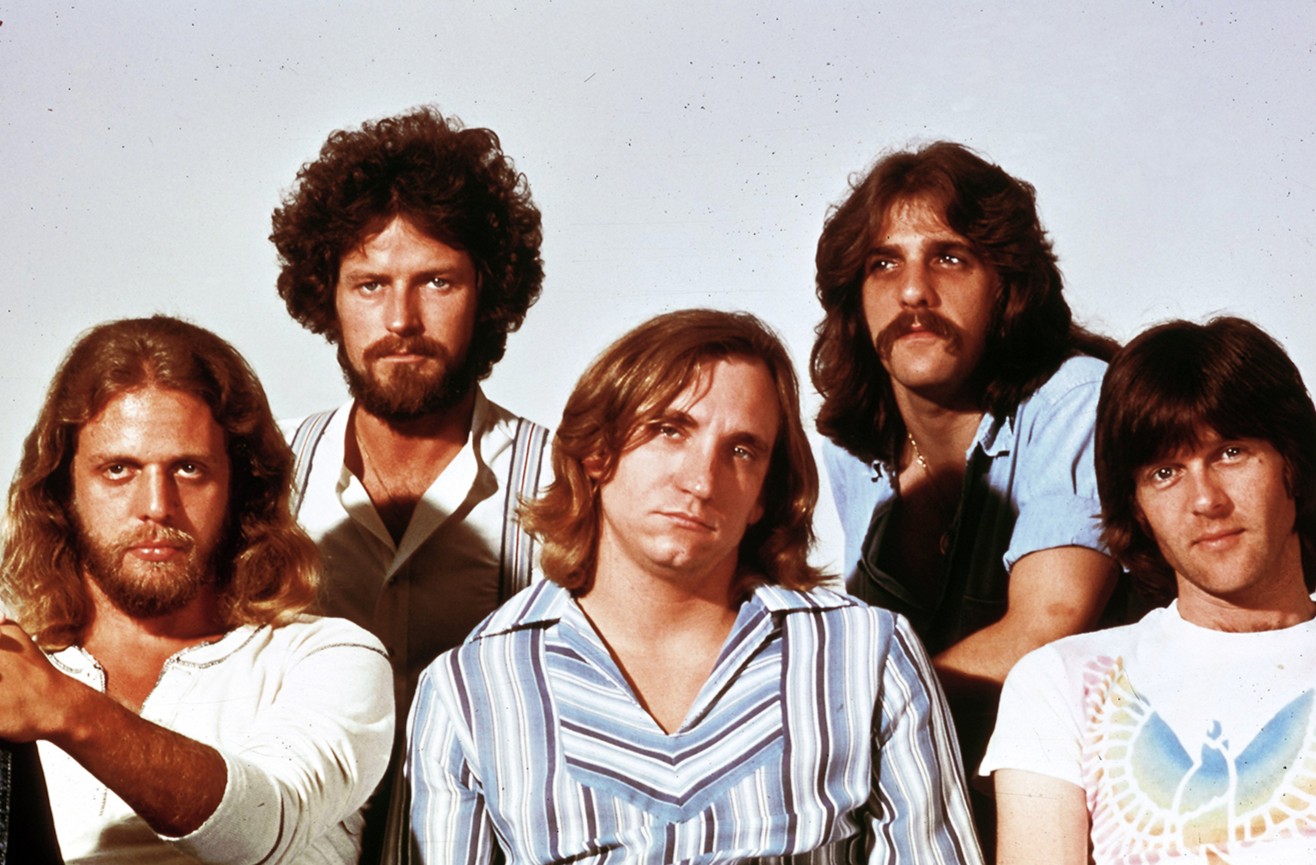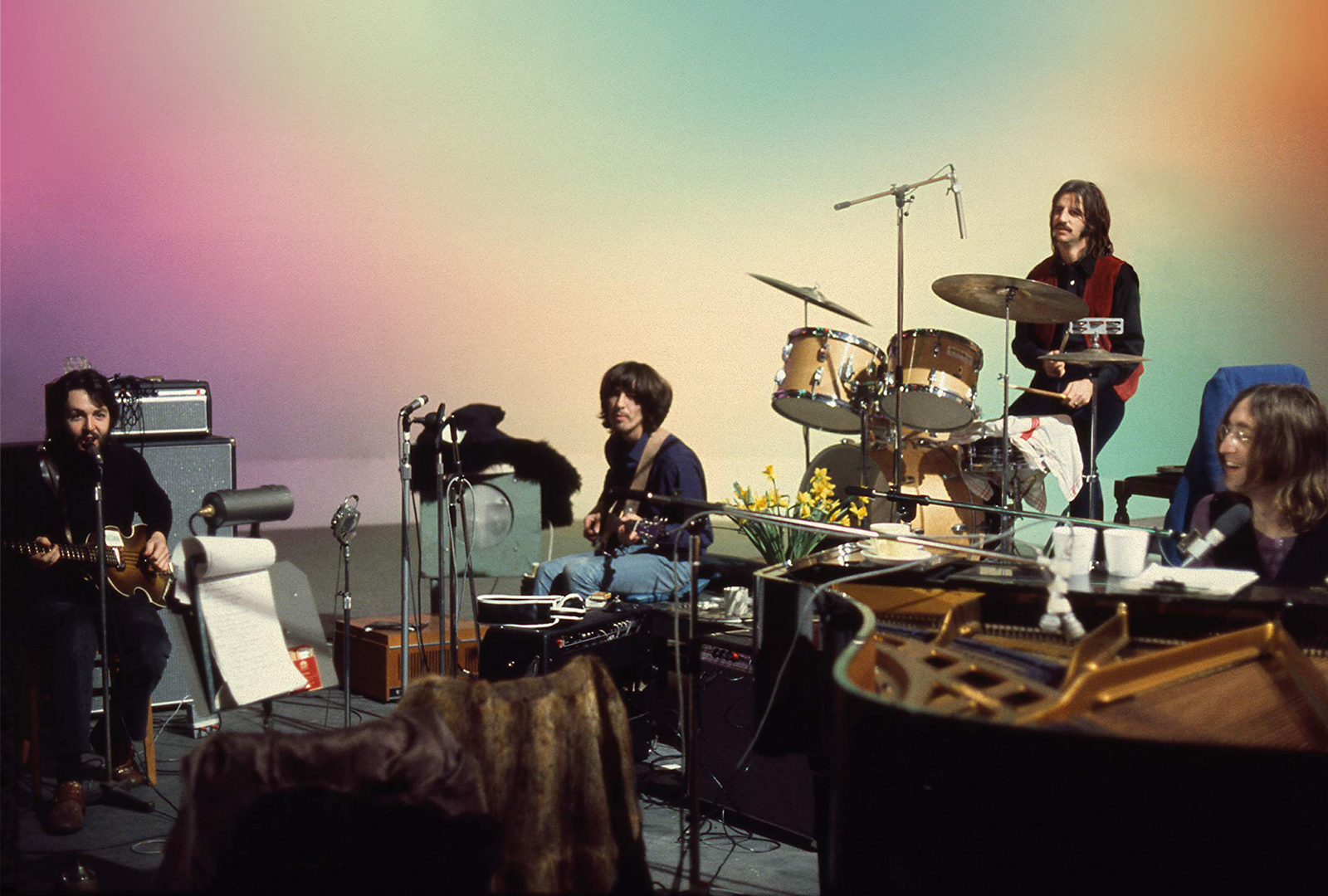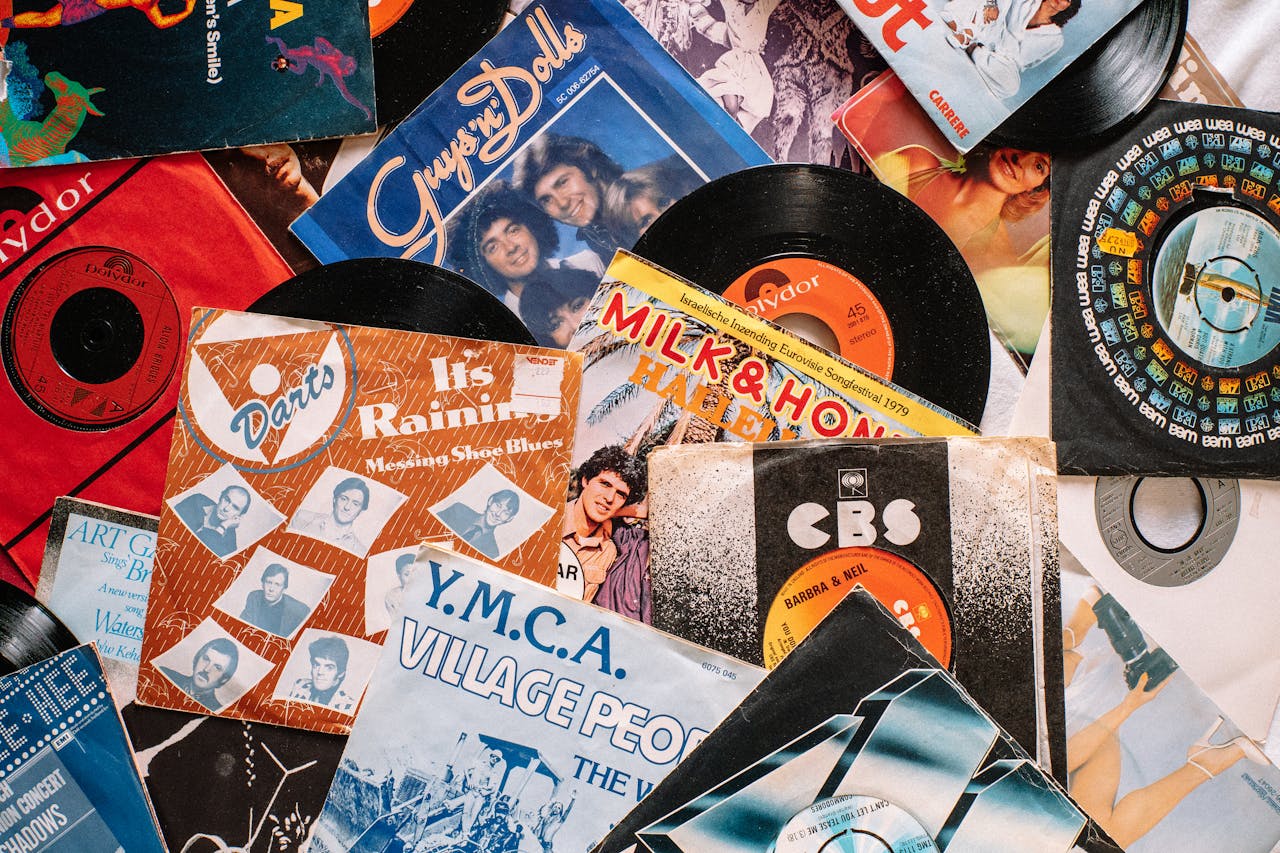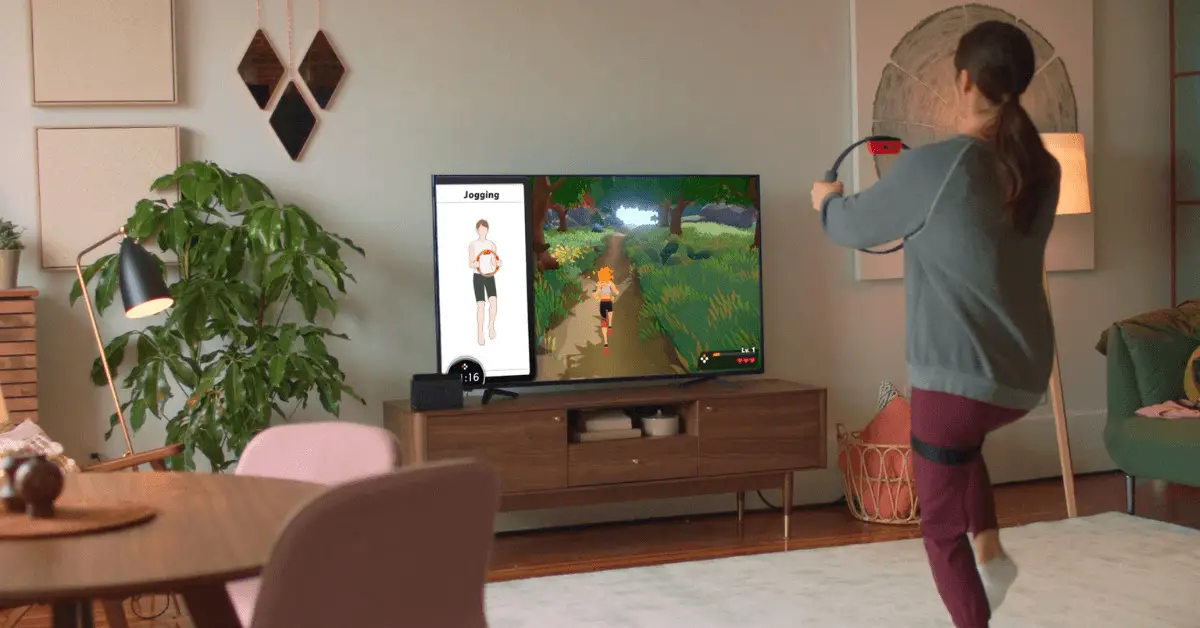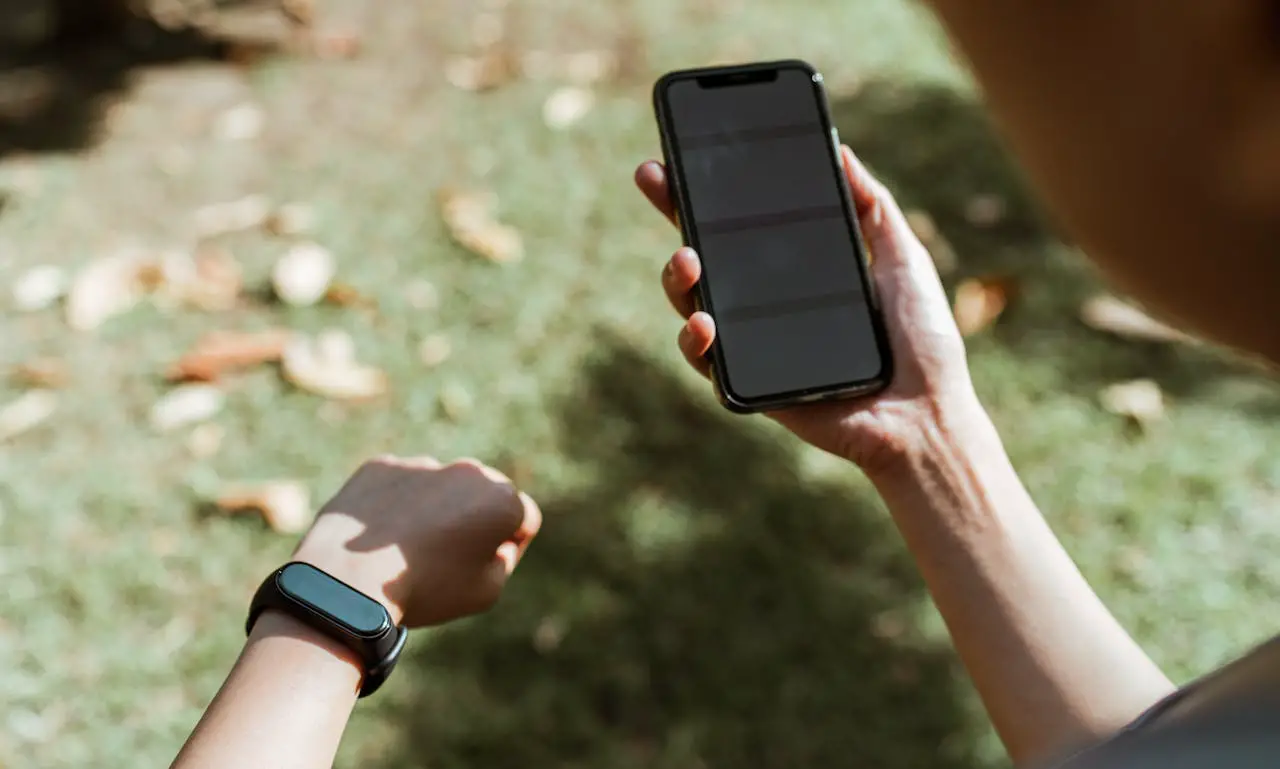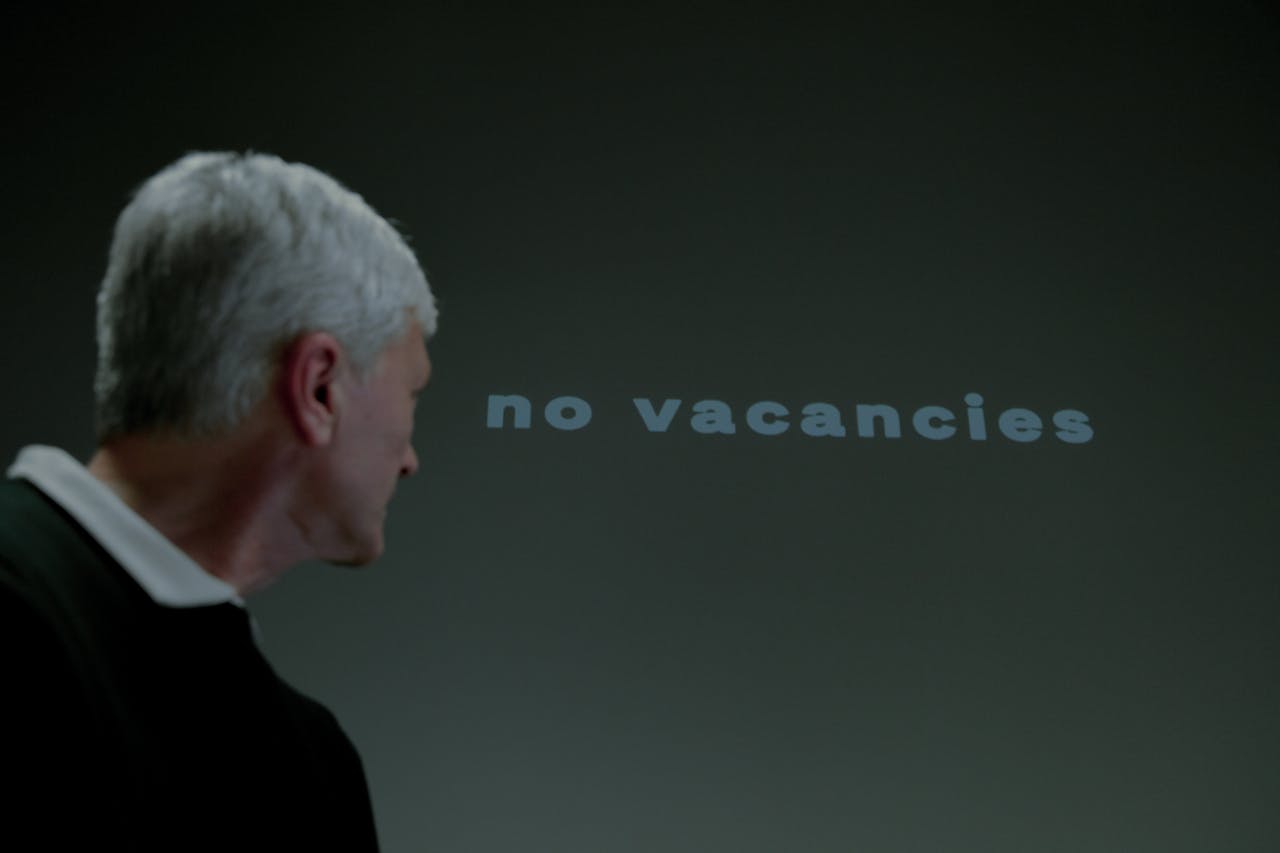12 Things a Respectable Man Would Never Do to the Woman He Loves

A respectful relationship is built on trust, kindness, and genuine care. When a man truly loves the woman in his life, he understands the importance of treating her with respect, dignity, and compassion. Unfortunately, not all relationships are as healthy as they should be, and some men may engage in behaviors that harm their partner emotionally or mentally. To help guide men toward being the best partner they can be, here are 12 things a respectable man would never do to the woman he loves.
1. Disrespect Her Opinions and Beliefs

A respectable man never dismisses or belittles his partner’s opinions, thoughts, or beliefs. He understands that her voice matters just as much as his, and he listens attentively to what she has to say, even when they don’t agree. Disrespecting her views or making her feel insignificant only creates distance in the relationship. Instead, a loving partner values her perspective, fostering healthy communication and mutual understanding.
2. Use Manipulative Behavior

Manipulation has no place in a healthy relationship. A respectable man would never resort to tactics like guilt-tripping, gaslighting, or emotional blackmail to control or influence his partner. He understands that love is about mutual respect and honesty, not power struggles. A man who respects his partner works through challenges together, without trying to manipulate her emotions or decisions for personal gain.
3. Put Her Down or Criticize Harshly

While constructive criticism can be valuable, a respectable man never puts his partner down or makes harsh, hurtful remarks. He recognizes the impact of his words and would never belittle her appearance, intelligence, or abilities. Instead of criticizing her, he encourages her, builds her up, and helps her become the best version of herself. A loving partner seeks to uplift, not tear down.
4. Take Her for Granted

Taking a partner for granted can be a silent killer in relationships. A respectable man never assumes his partner will always be there without showing appreciation for her efforts, love, and presence. He makes sure to express gratitude, whether through small gestures, thoughtful words, or acts of kindness. He understands that a healthy relationship requires ongoing effort from both sides, and he never stops valuing the woman he loves.
5. Disregard Her Boundaries
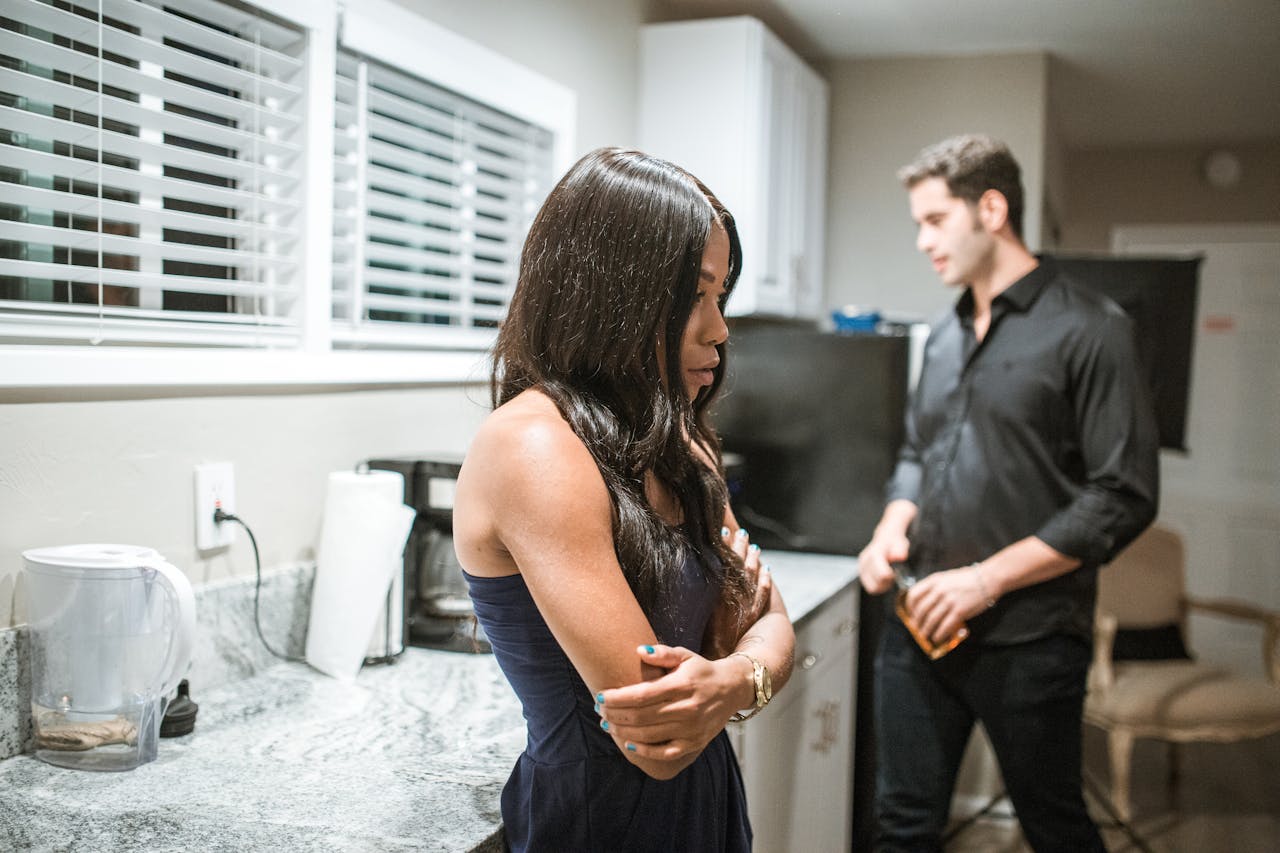
Respecting boundaries is essential for a strong relationship. A respectable man never disregards his partner’s limits, whether they are emotional, physical, or personal. He recognizes that each person has their own comfort zone, and he respects that. By honoring her boundaries, he fosters a sense of safety and trust, which are the cornerstones of any healthy relationship.
6. Lie to Her

Honesty is the foundation of trust in any relationship. A respectable man would never lie to the woman he loves, whether it’s about something significant or trivial. He understands that dishonesty creates doubt and erodes trust. Even when the truth is difficult to share, he values transparency and believes that open communication strengthens their bond.
7. Ignore Her Emotional Needs

Emotional support is crucial in any partnership. A respectable man never ignores his partner’s emotional needs. He listens when she needs to talk, offers comfort when she’s feeling down, and celebrates her victories with her. He understands that emotional intimacy is just as important as physical intimacy and that being there for her emotionally strengthens their connection.
8. Be Disloyal or Cheat

Infidelity is a betrayal that can cause lasting harm to a relationship. A respectable man would never cheat on the woman he loves. He understands that loyalty is a fundamental part of love, and he is committed to being faithful, both physically and emotionally. If challenges arise, he addresses them openly and honestly, rather than seeking attention or comfort elsewhere.
9. Dismiss Her Dreams and Ambitions

A respectable man supports his partner’s dreams and ambitions, no matter how big or small. He never dismisses her goals or makes her feel like they are unimportant. Instead, he encourages her to pursue her passions and stands by her side, offering support and motivation. He understands that a relationship is a partnership where both individuals should grow and thrive.
10. Make Her Feel Insecure

A respectable man never intentionally makes his partner feel insecure about herself, her appearance, or her worth. He recognizes the power of his words and actions and strives to make her feel valued and loved. Through compliments, acts of kindness, and consistent emotional support, he helps her feel confident and secure in herself and their relationship.
11. Refuse to Apologize or Take Responsibility

No one is perfect, and everyone makes mistakes. A respectable man understands the importance of owning up to his actions and apologizing when necessary. He never refuses to take responsibility for his mistakes or tries to shift the blame onto his partner. A sincere apology shows maturity and respect, and it helps repair any damage caused by his actions.
12. Neglect to Communicate

Communication is vital for maintaining a strong relationship. A respectable man would never neglect to communicate openly and honestly with the woman he loves. Whether it’s about his feelings, concerns, or future plans, he keeps her informed and involved. He understands that healthy communication is the key to resolving conflicts, deepening intimacy, and building a lasting connection.
Final Thoughts

A respectable man knows that love is more than just romantic gestures or physical attraction—it’s about respect, trust, and emotional support. He understands that his actions, words, and behavior directly impact the woman he loves, and he strives to treat her with the care and consideration she deserves. By avoiding these 12 harmful behaviors, a man can cultivate a relationship that is strong, healthy, and built to last. True love is about lifting each other up, supporting one another’s dreams, and respecting each other’s individuality. When both partners commit to these principles, they create a relationship that thrives on mutual respect and deep connection.

